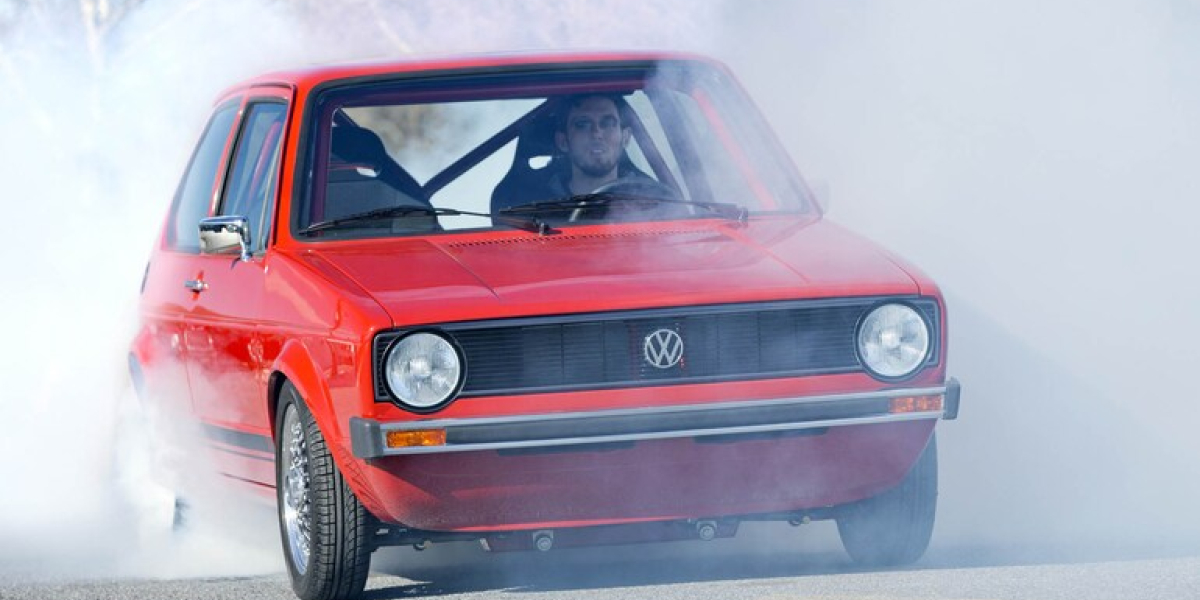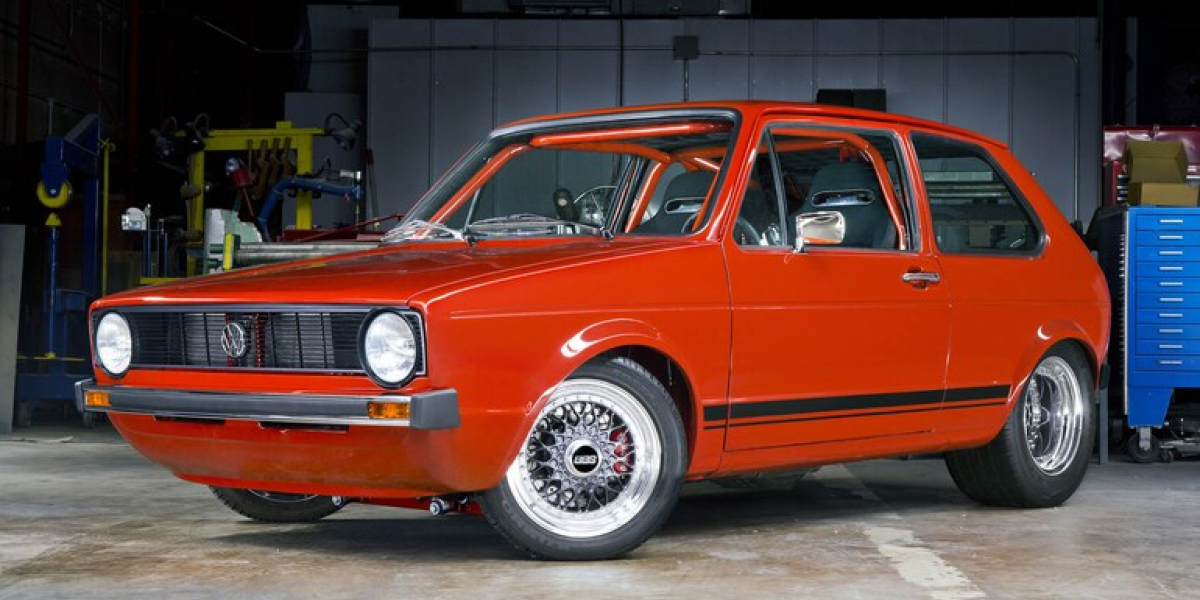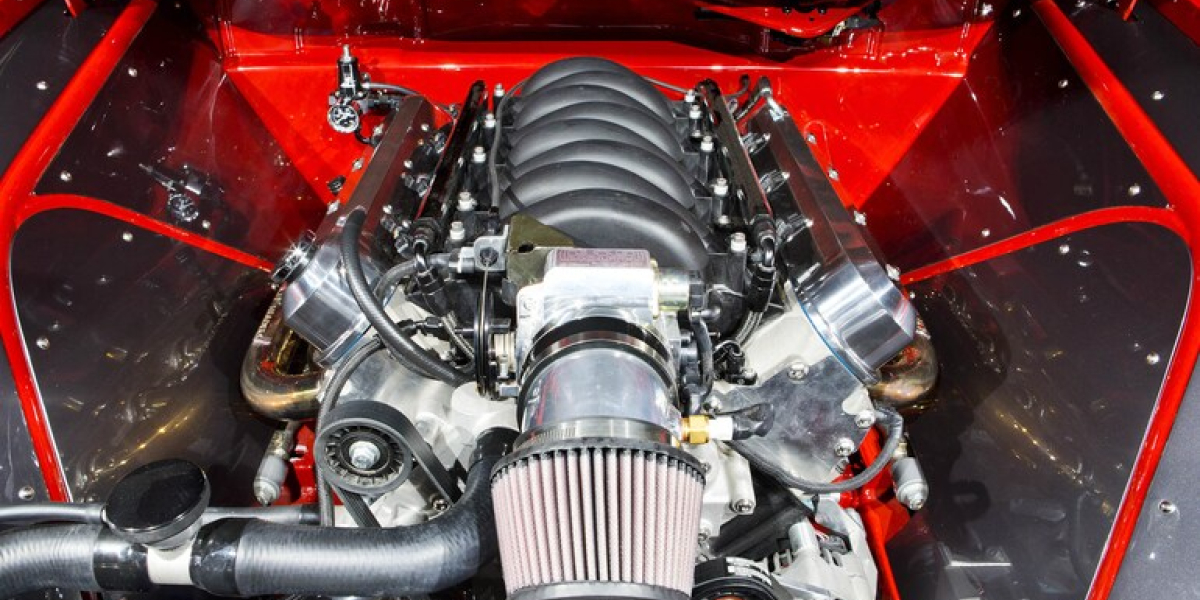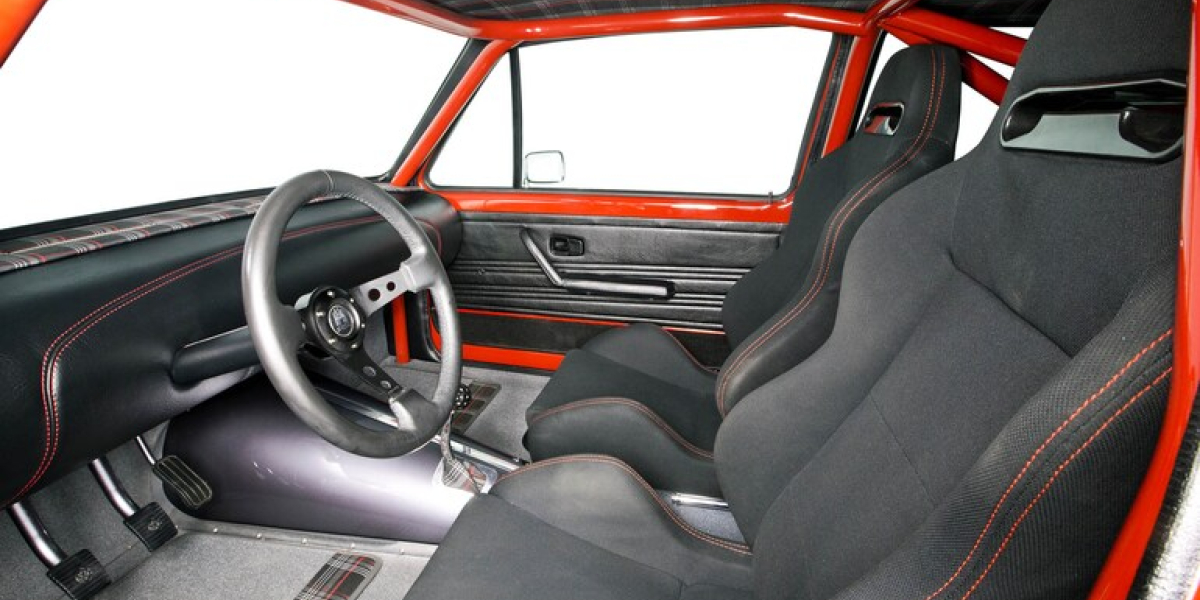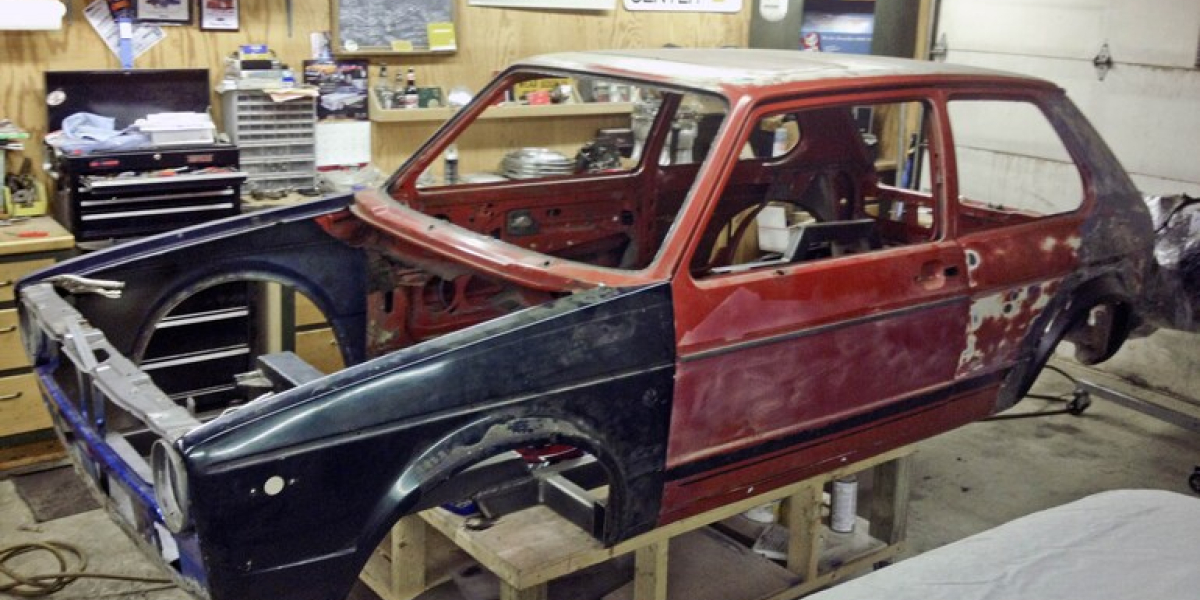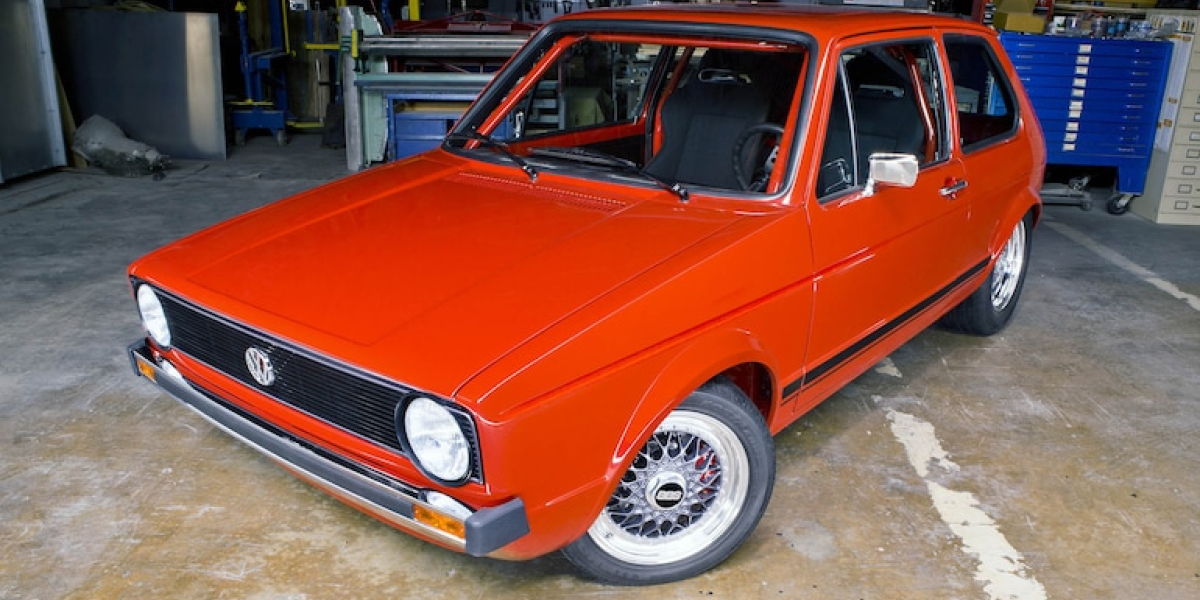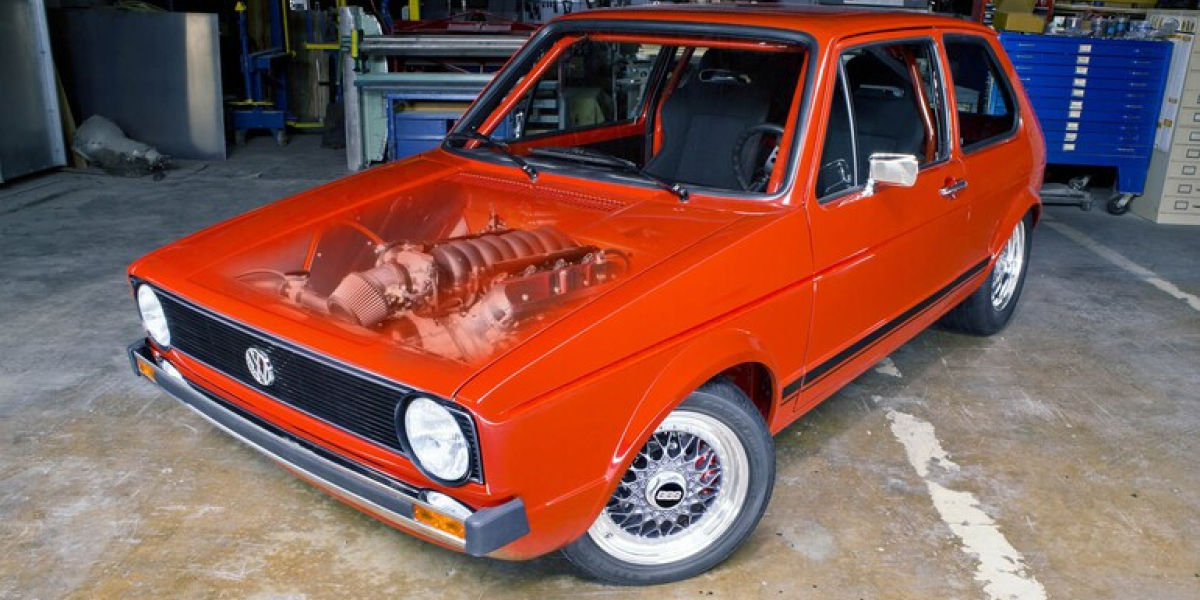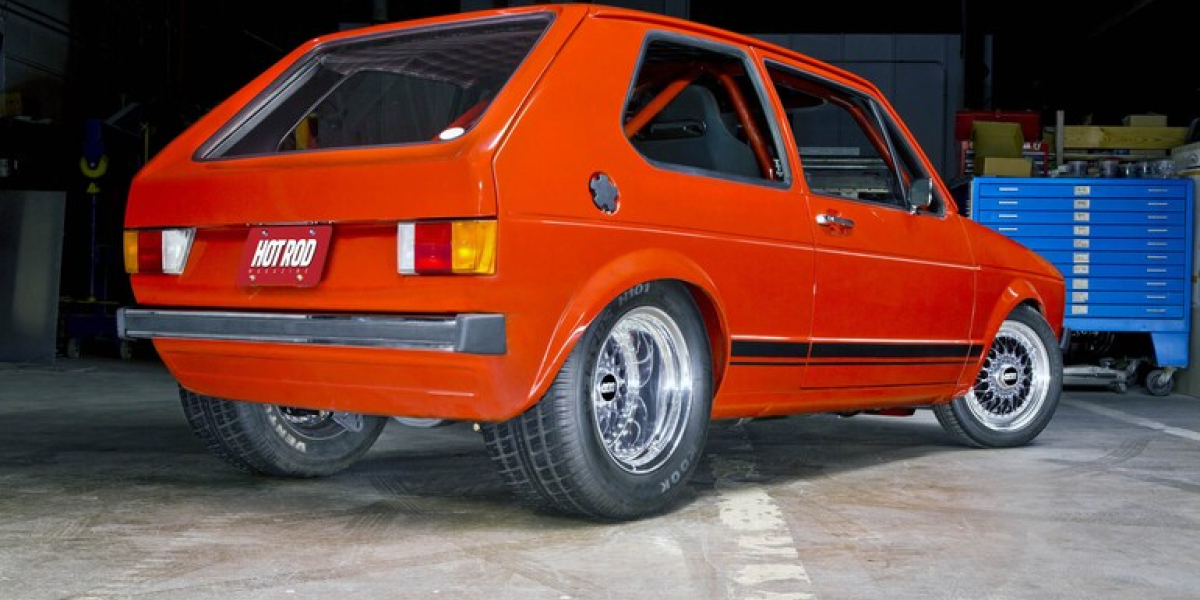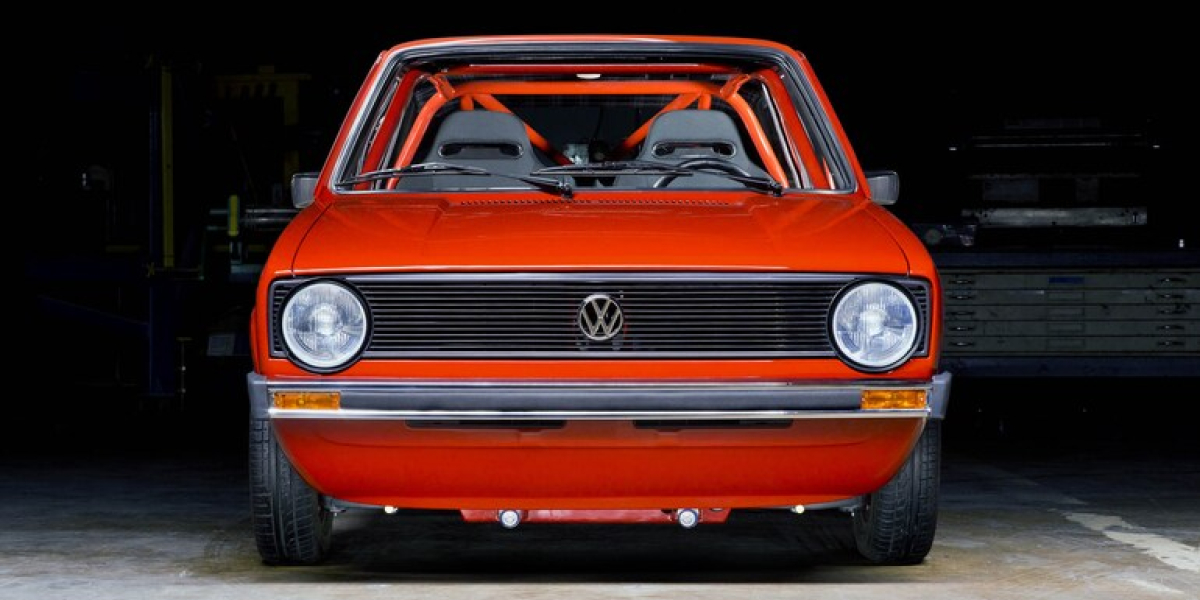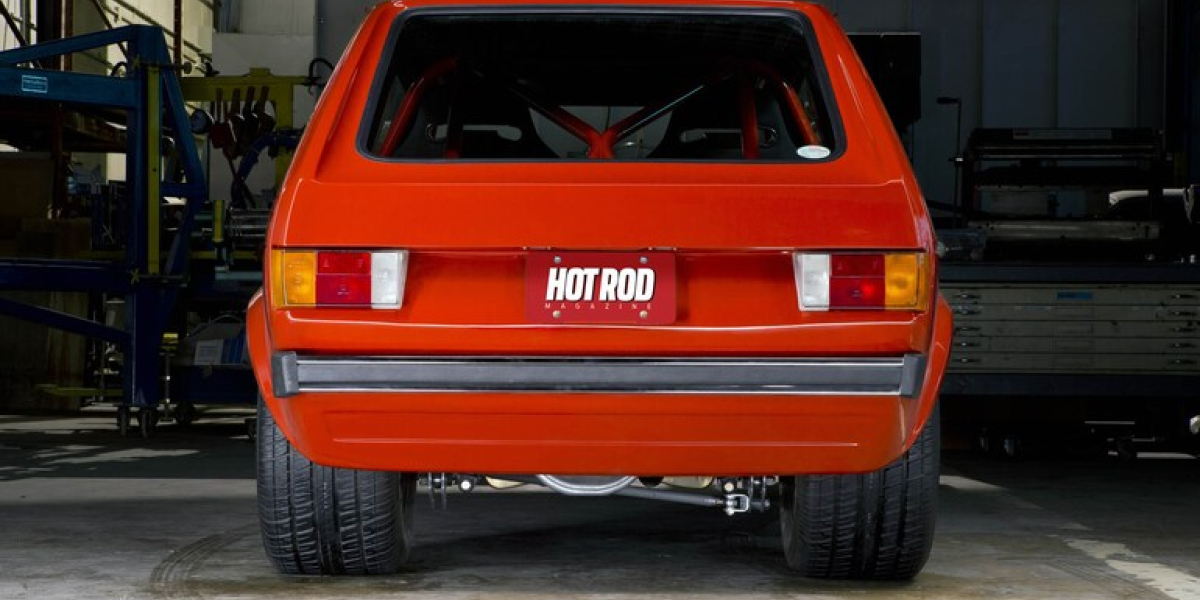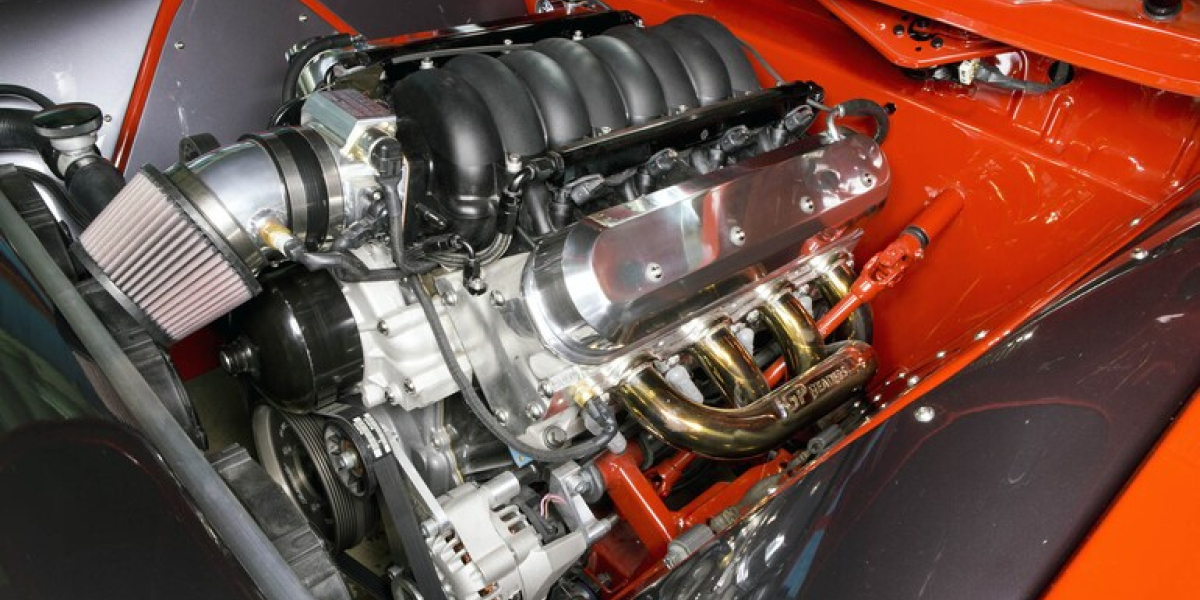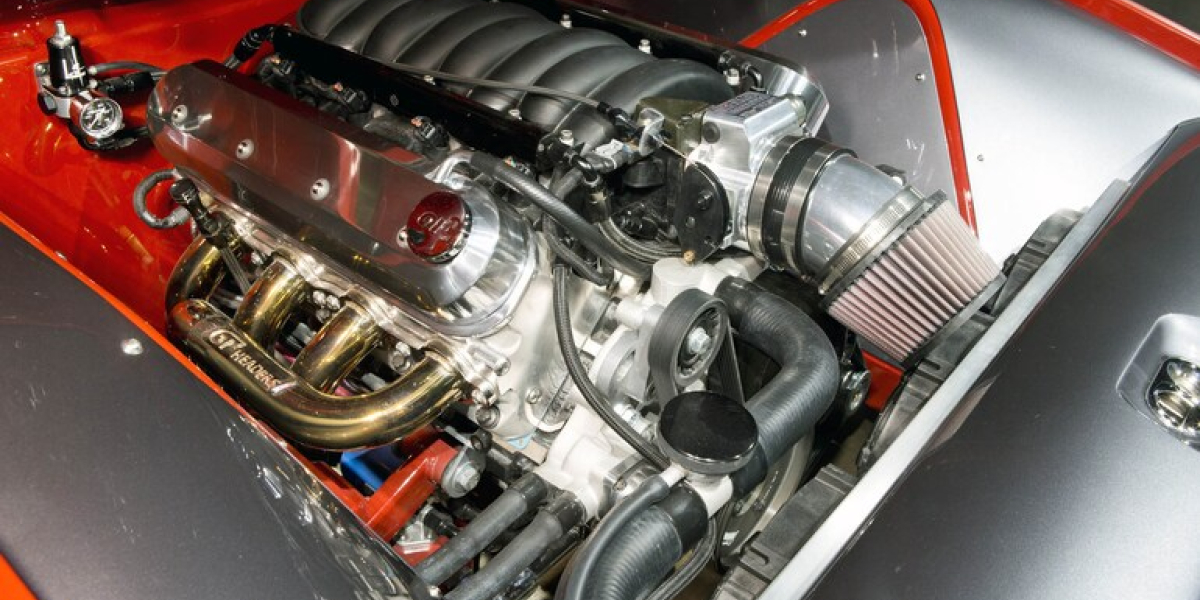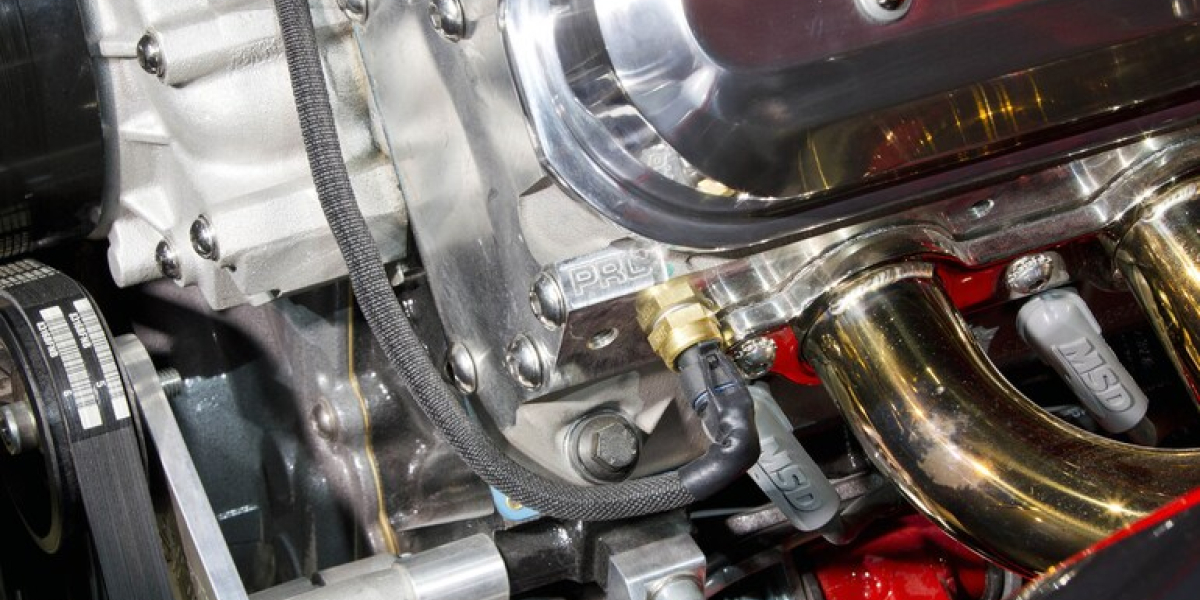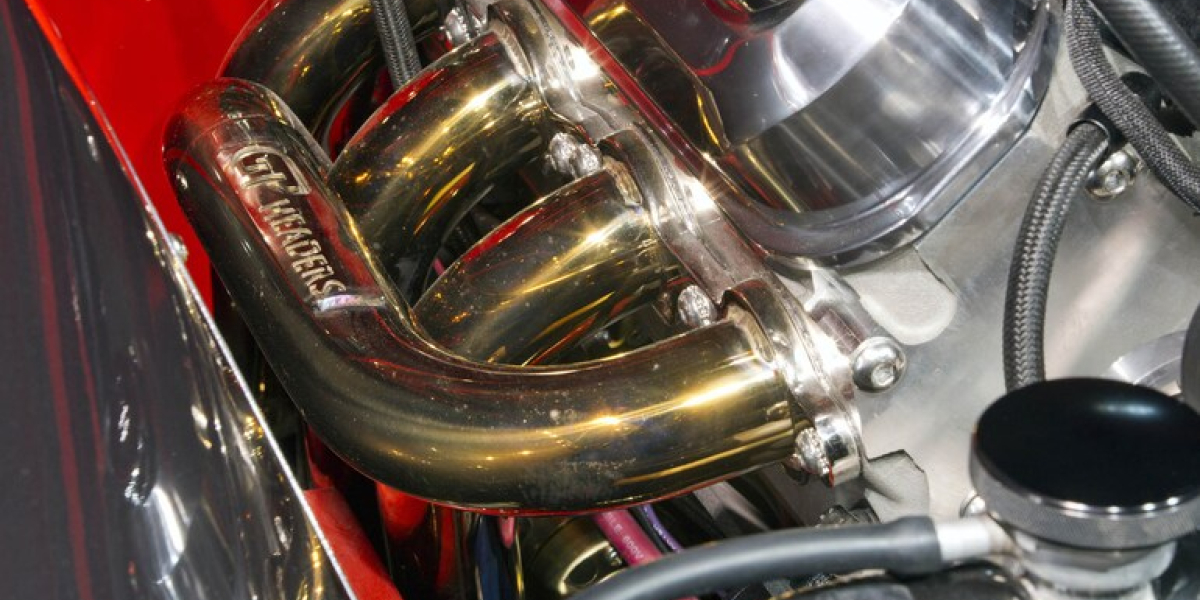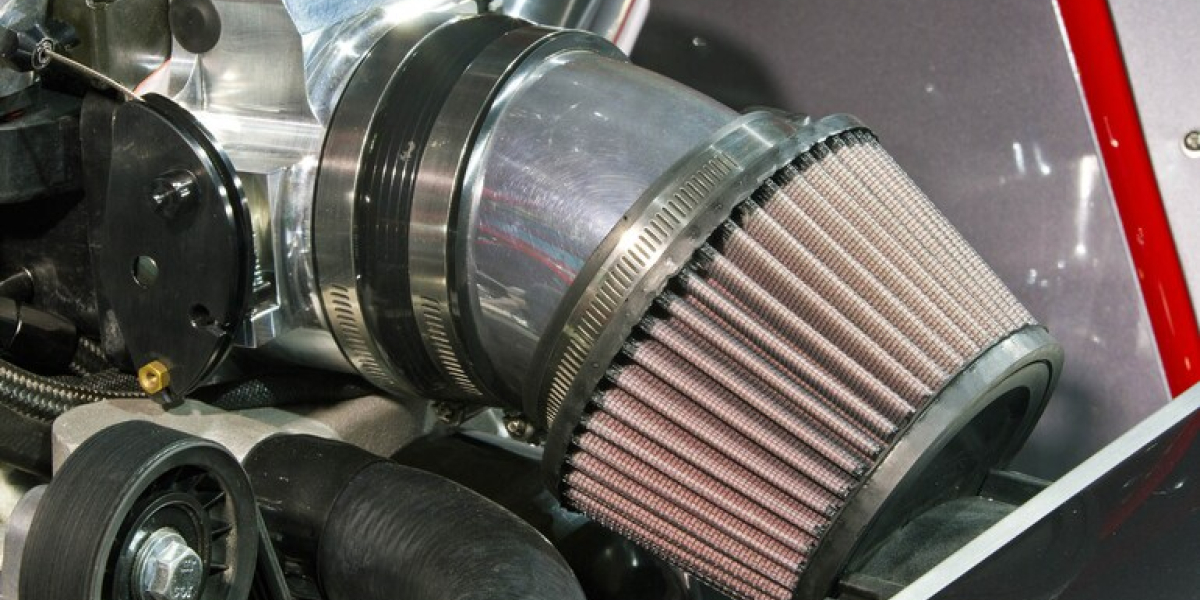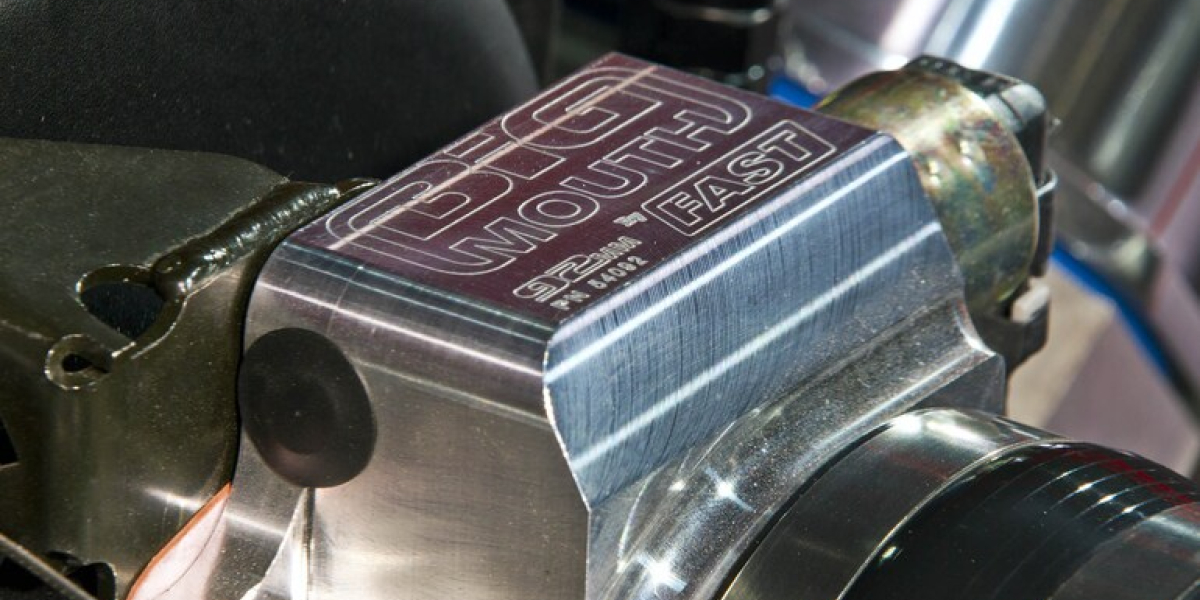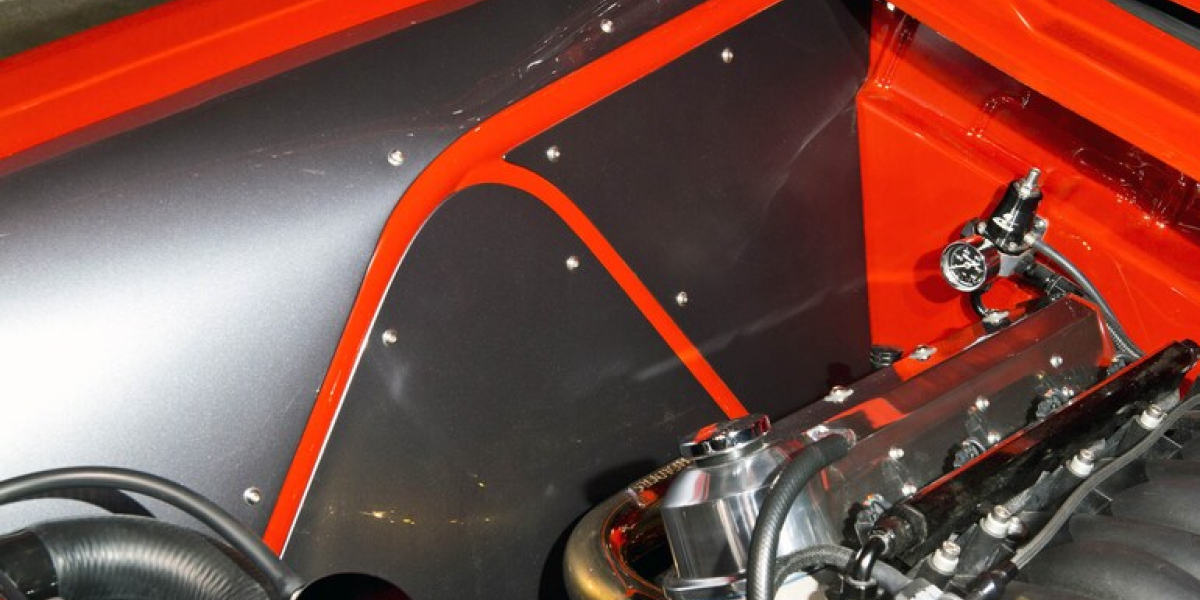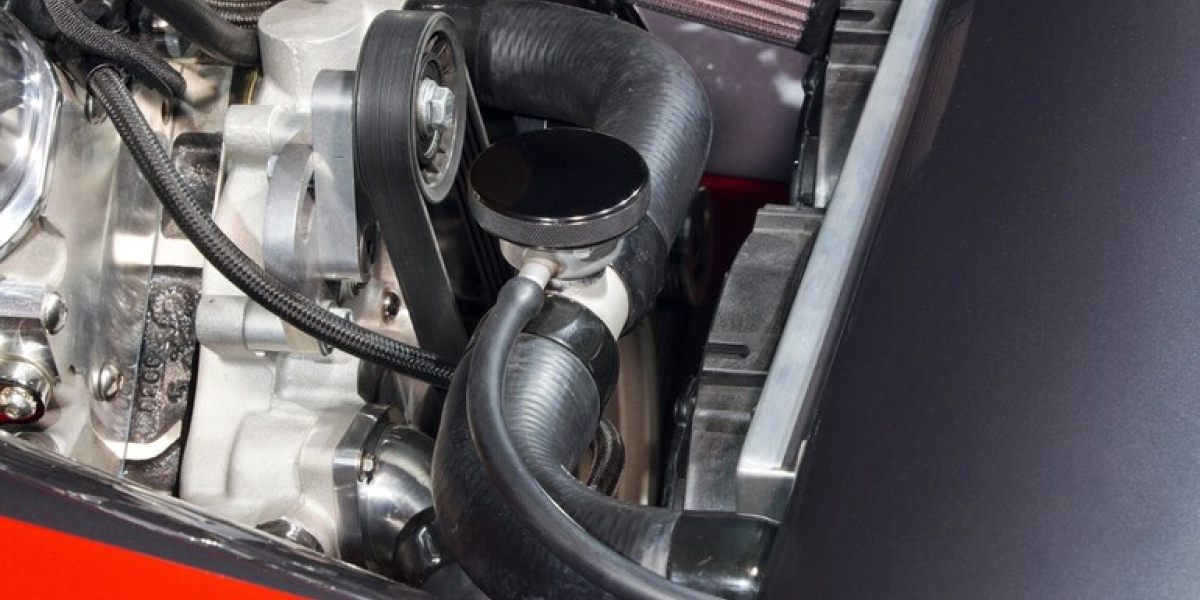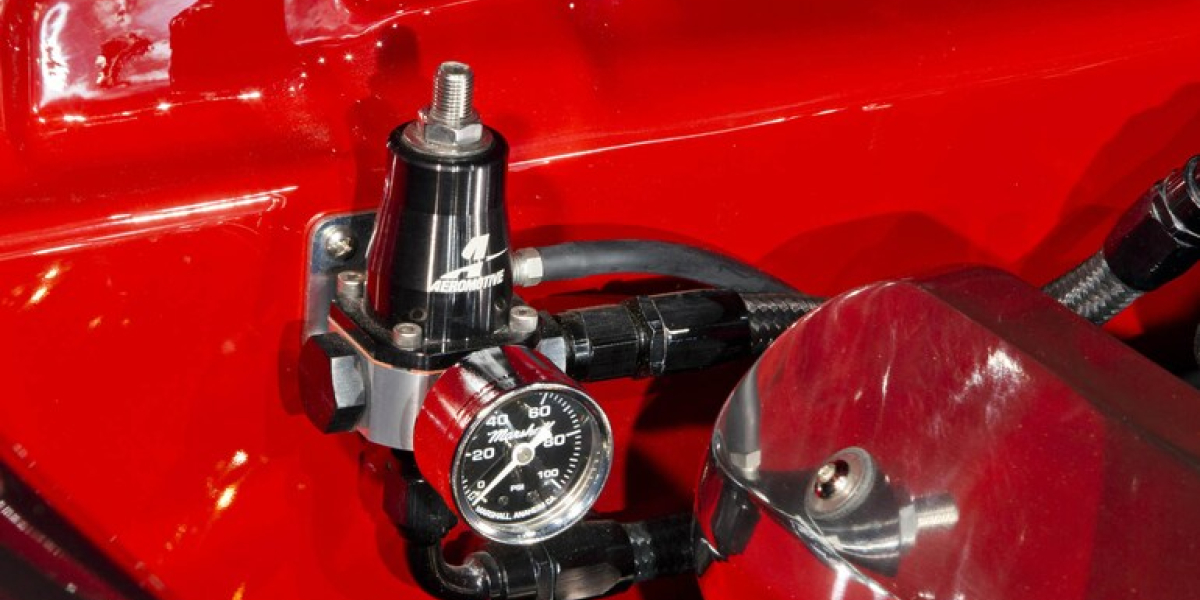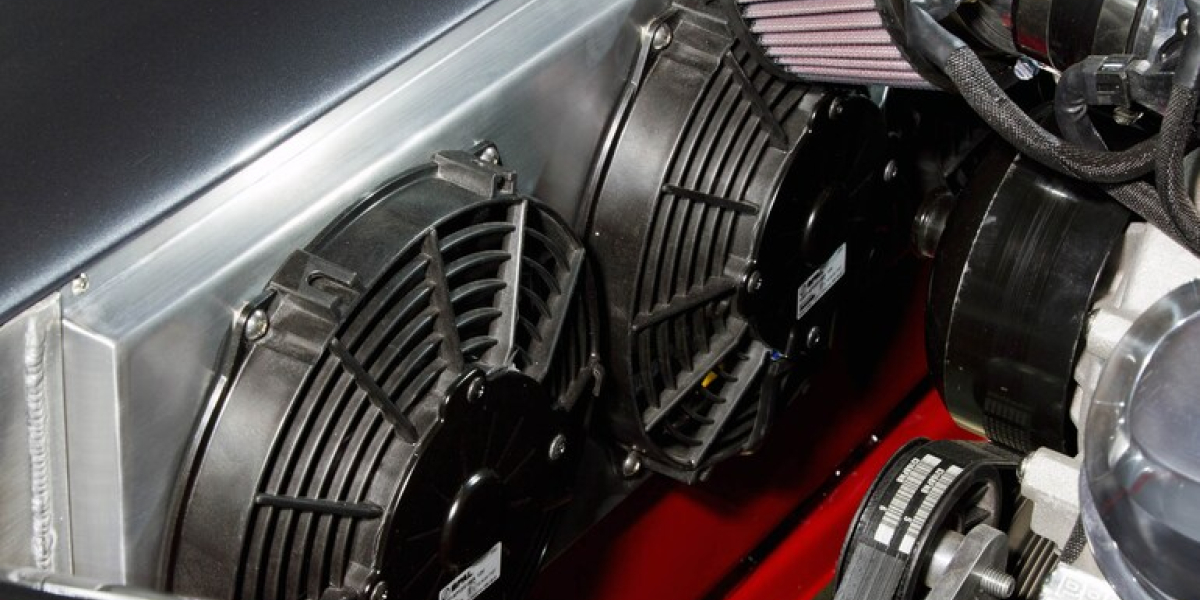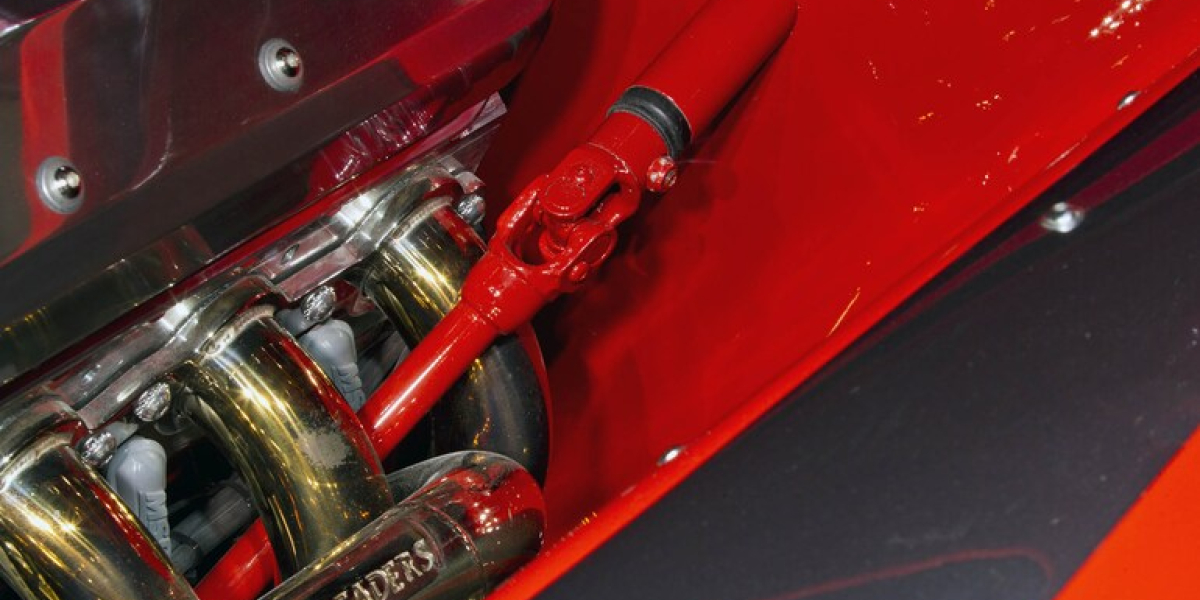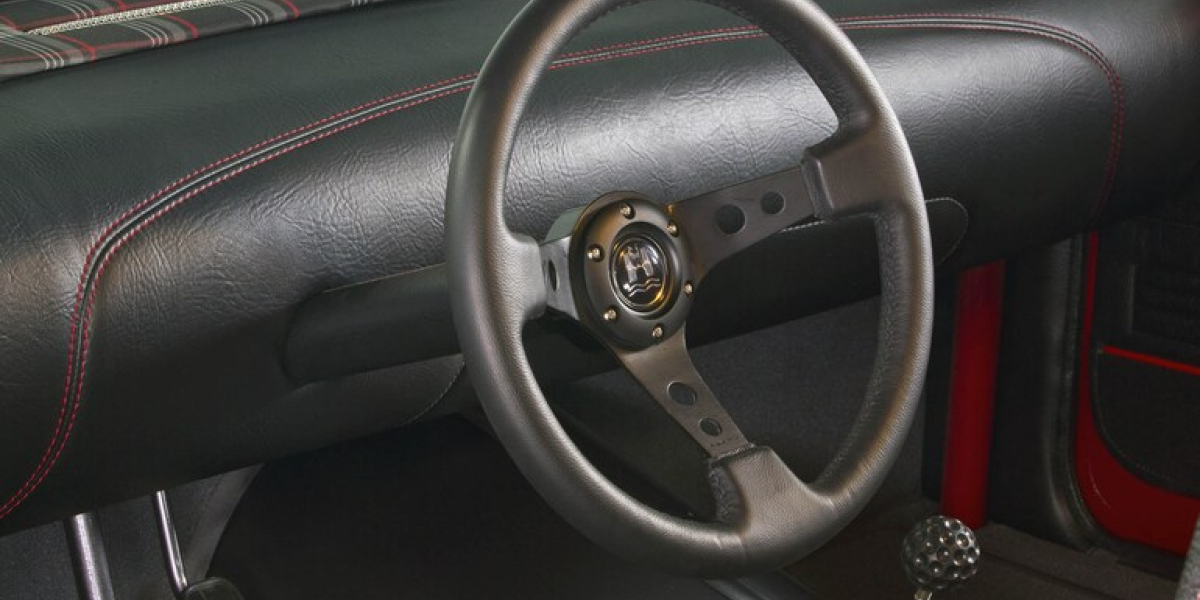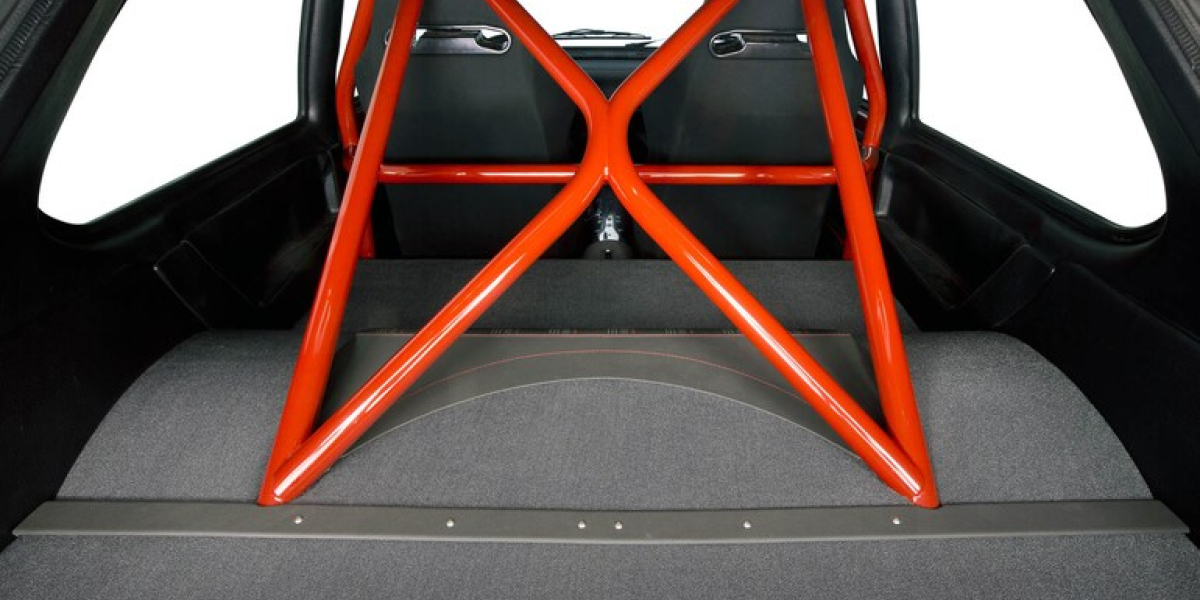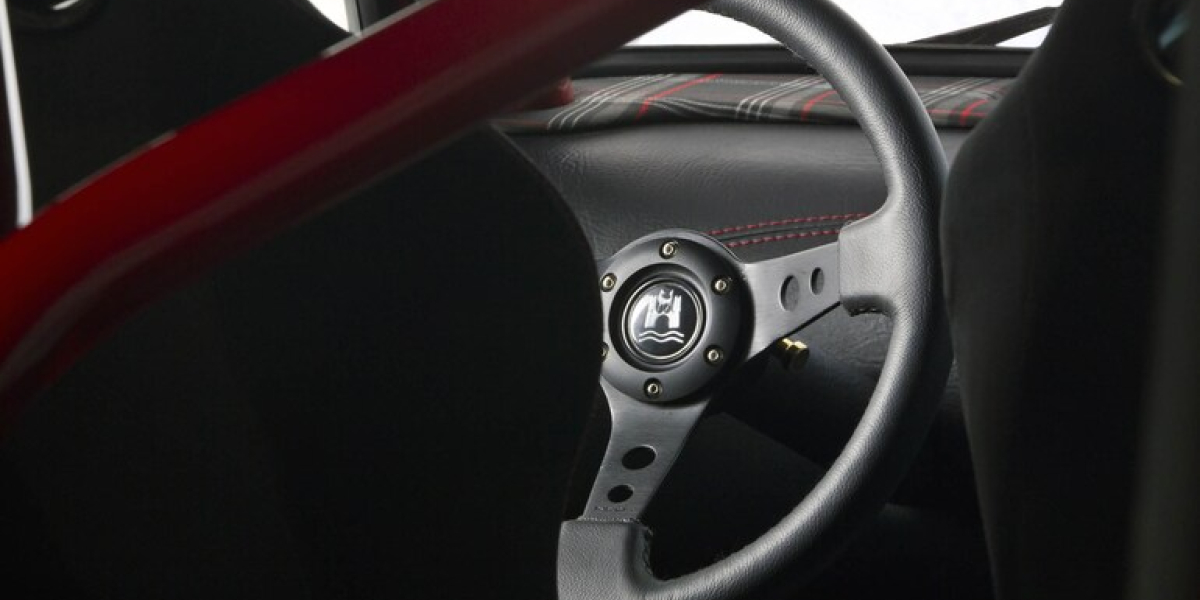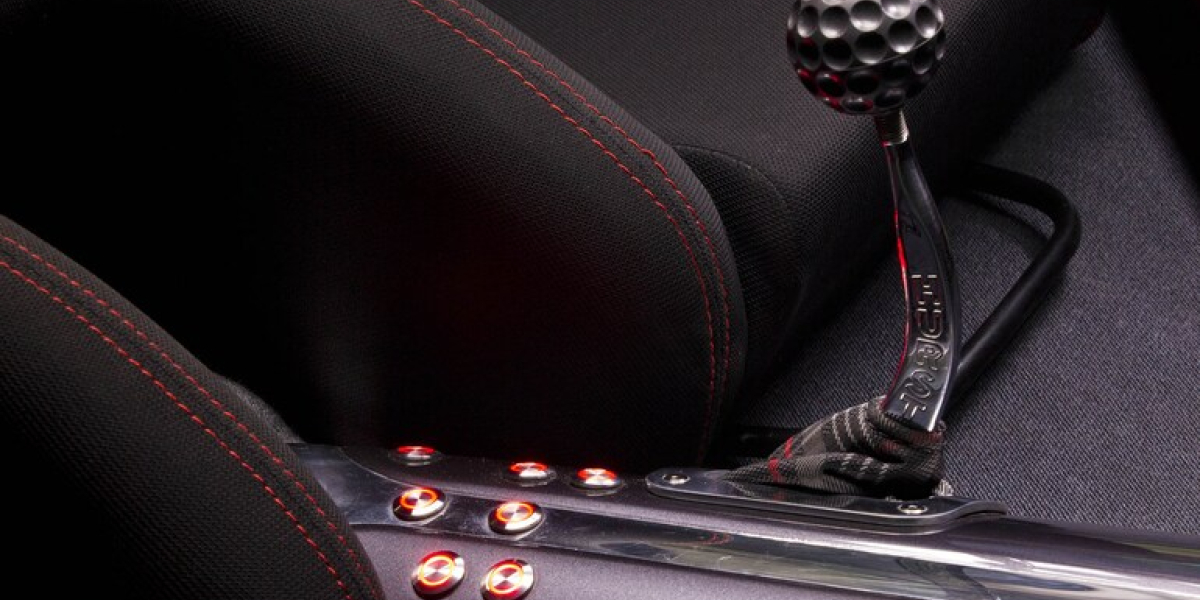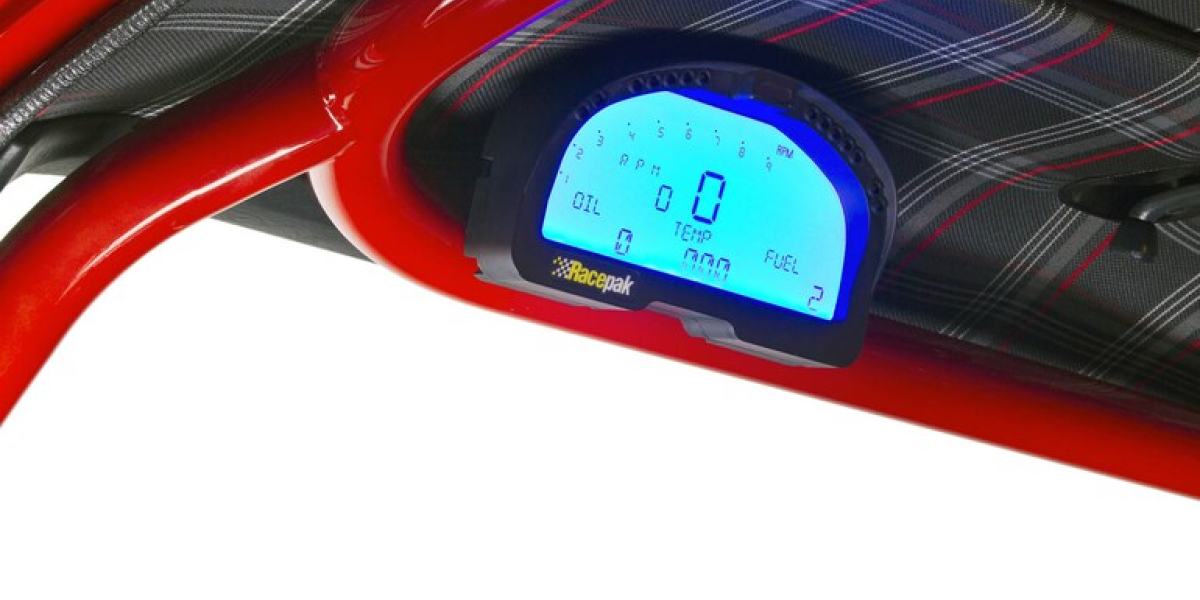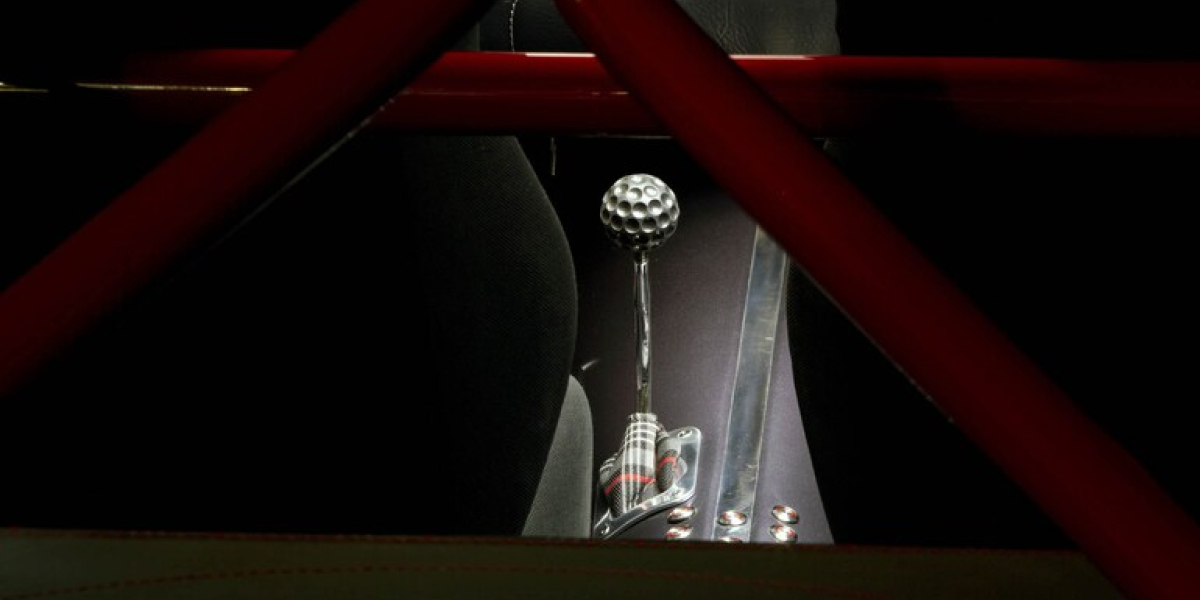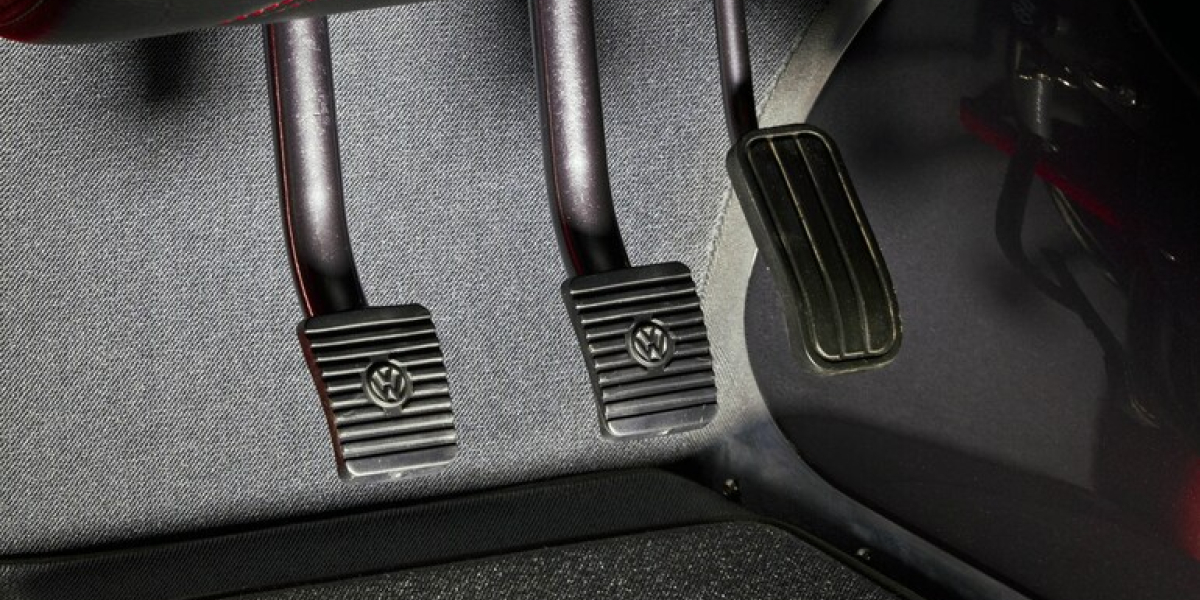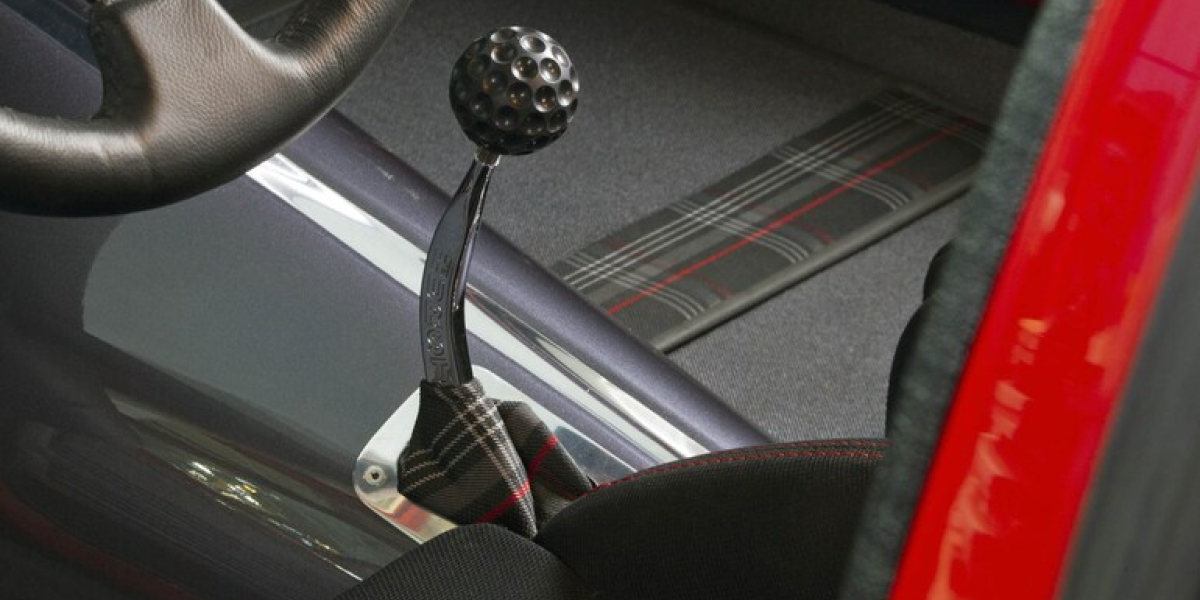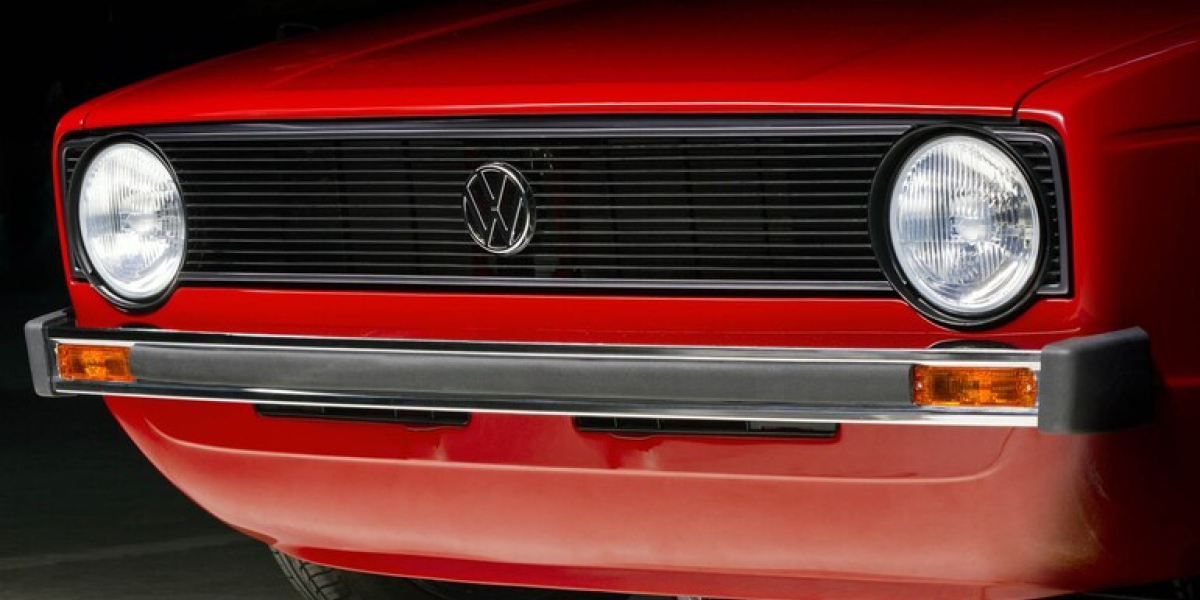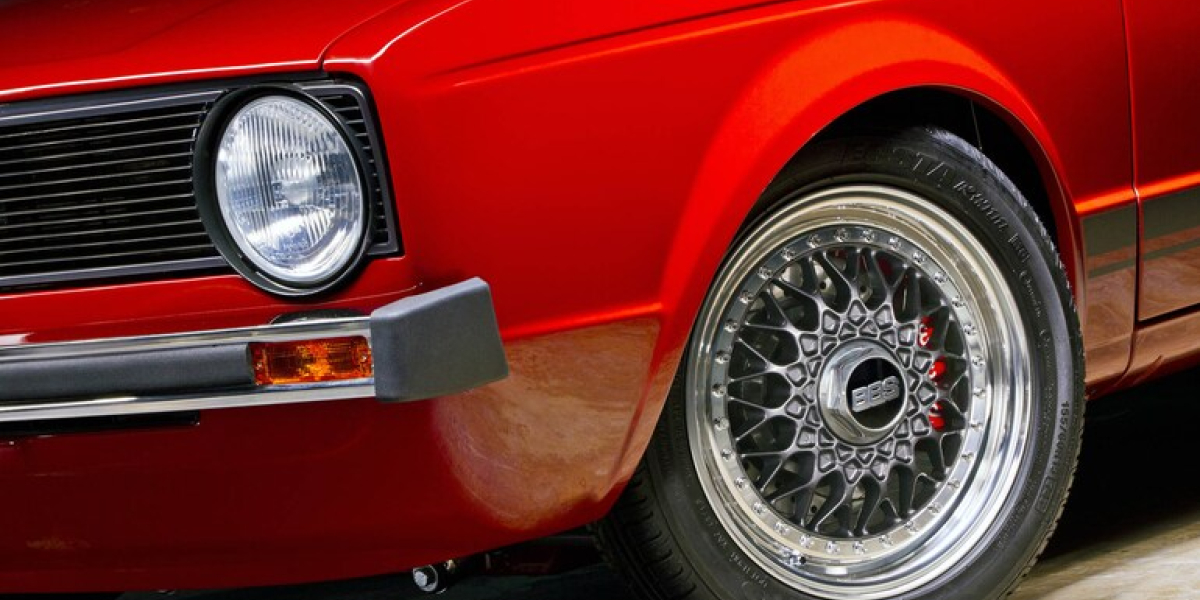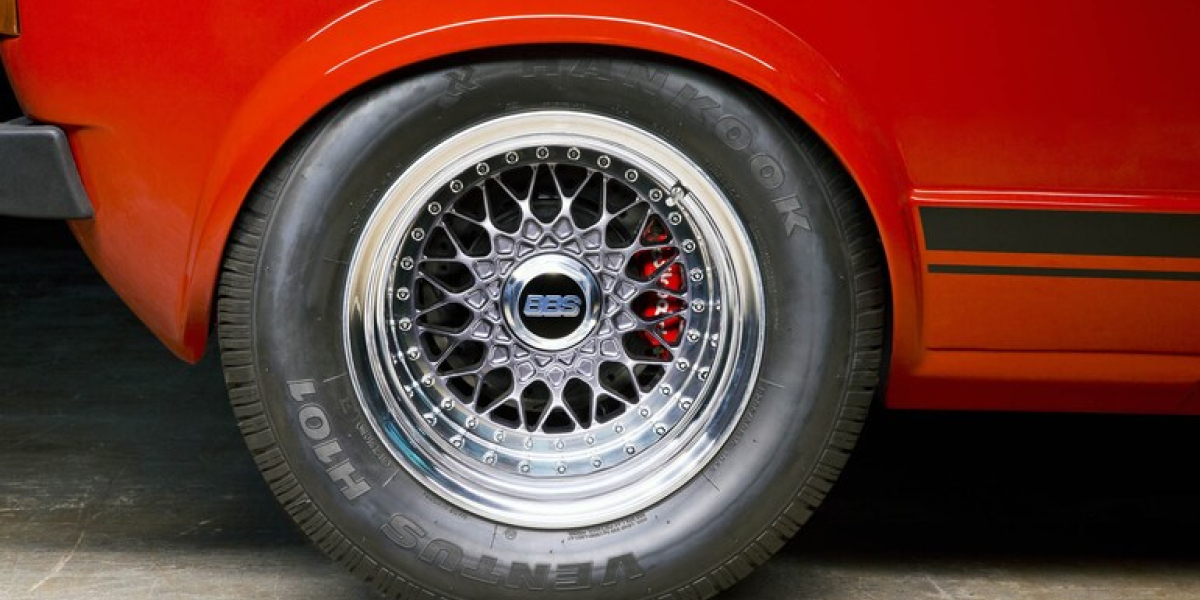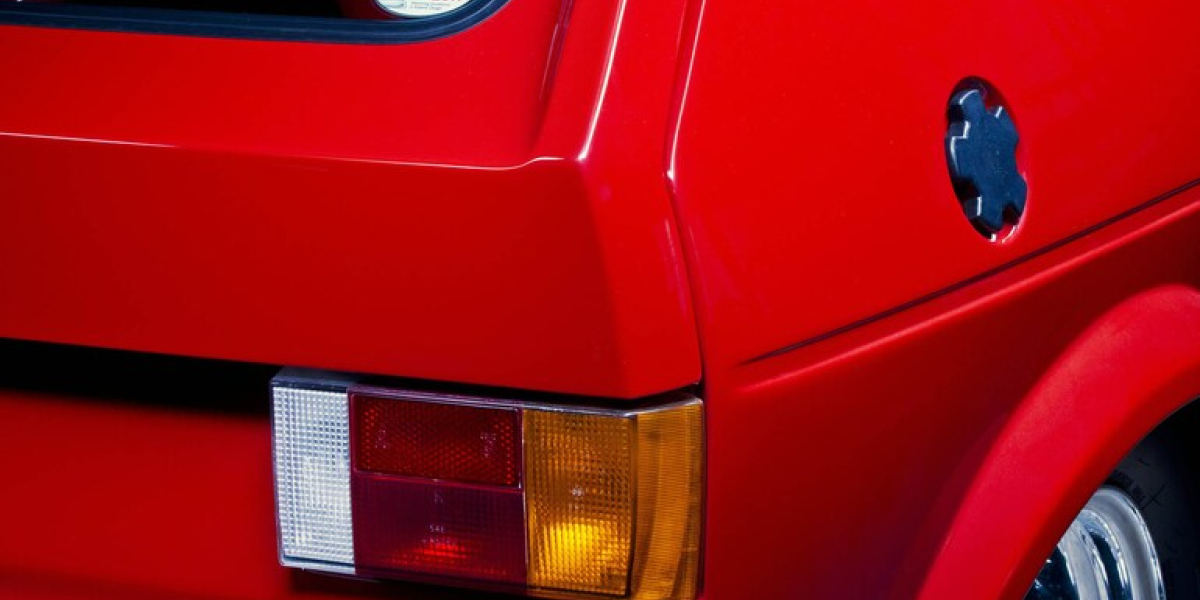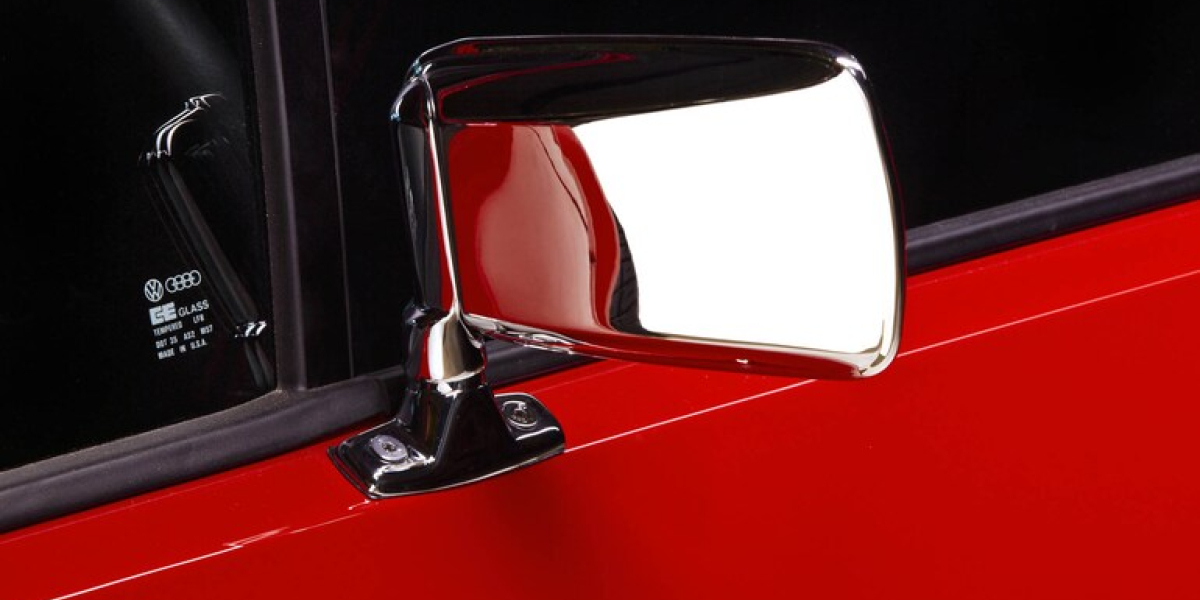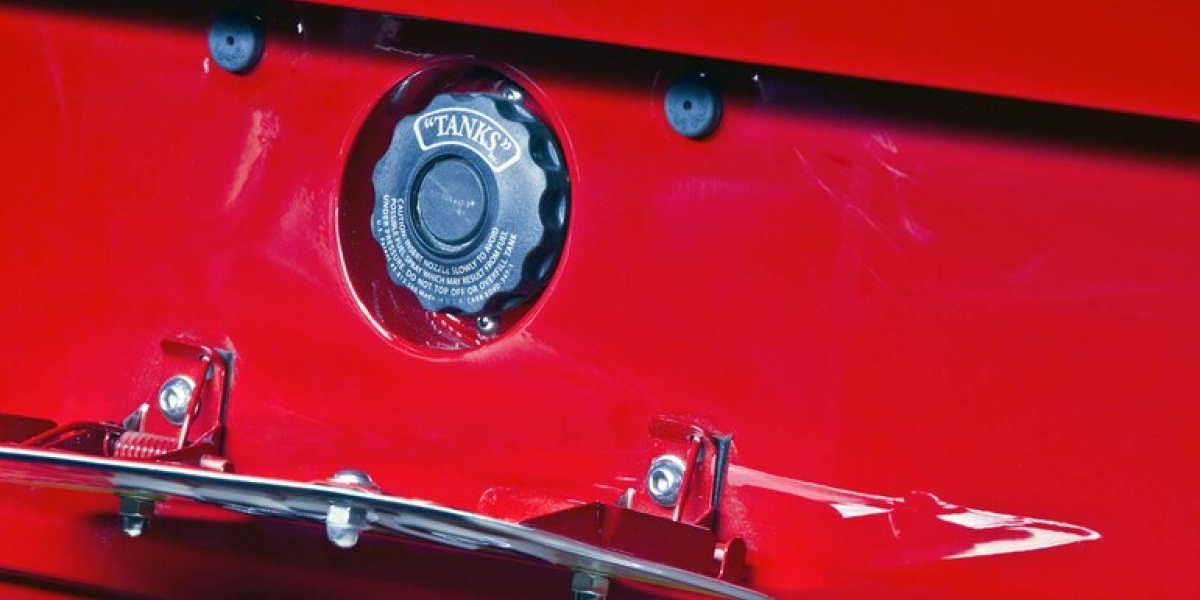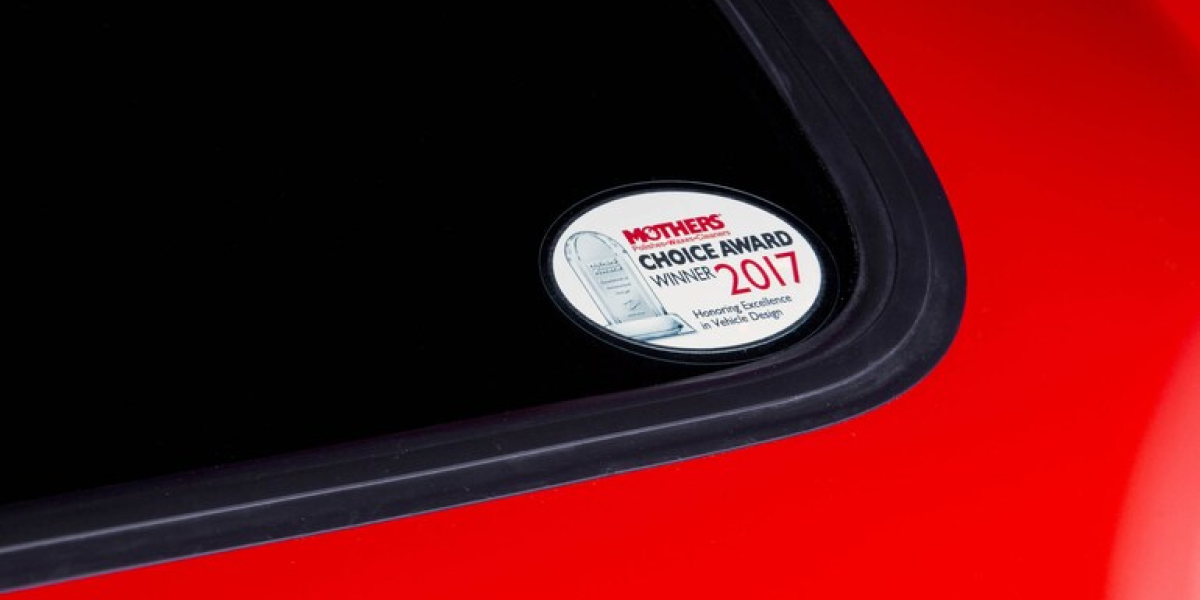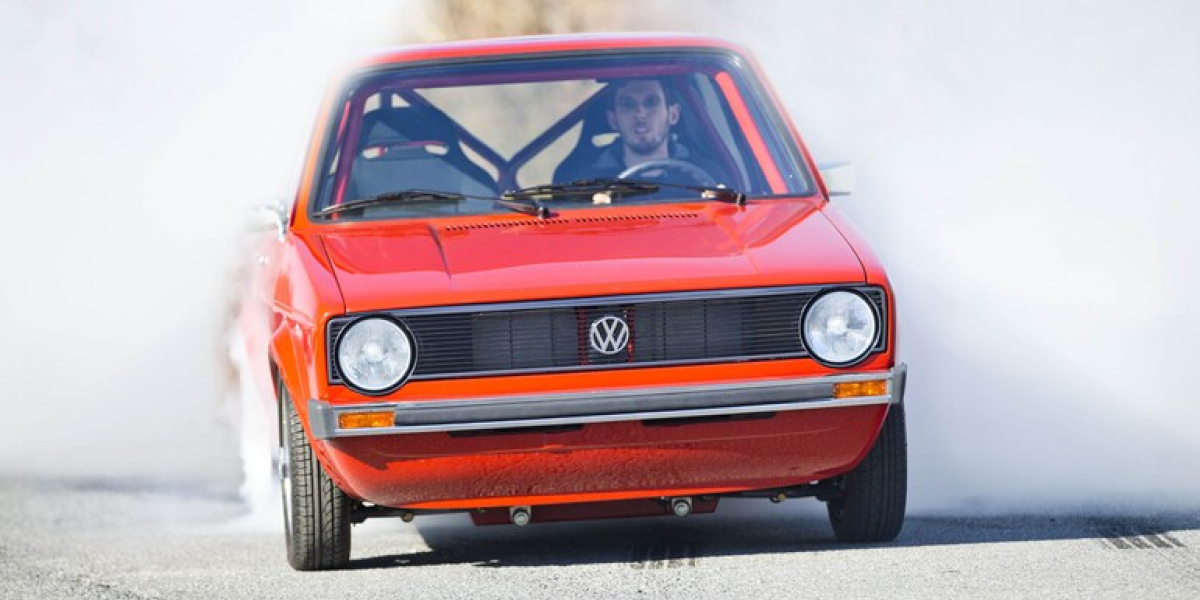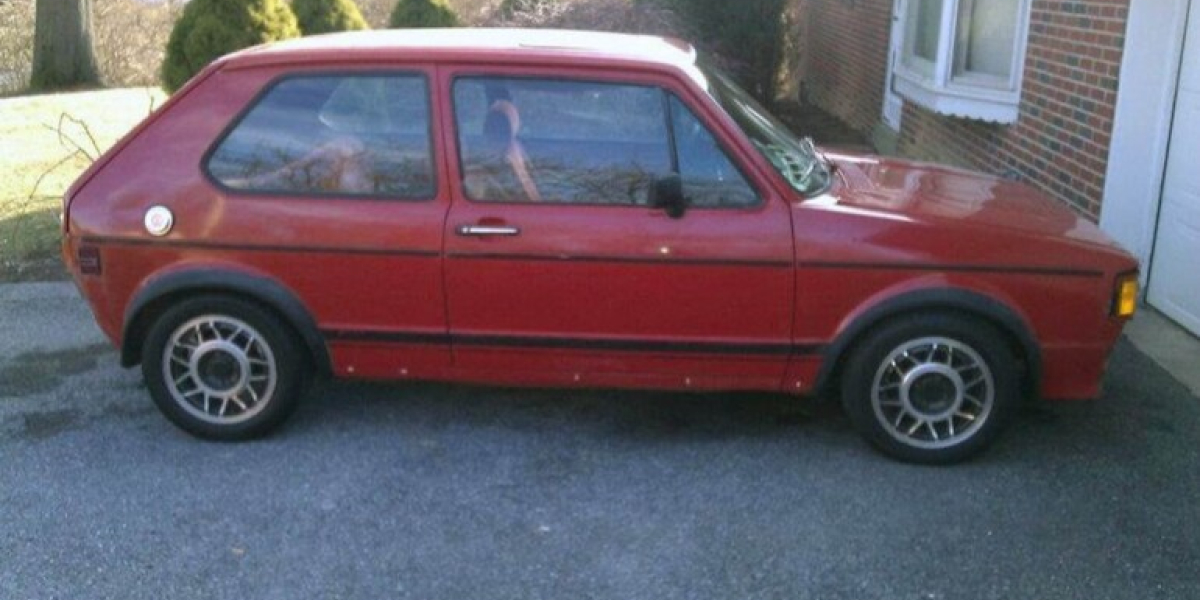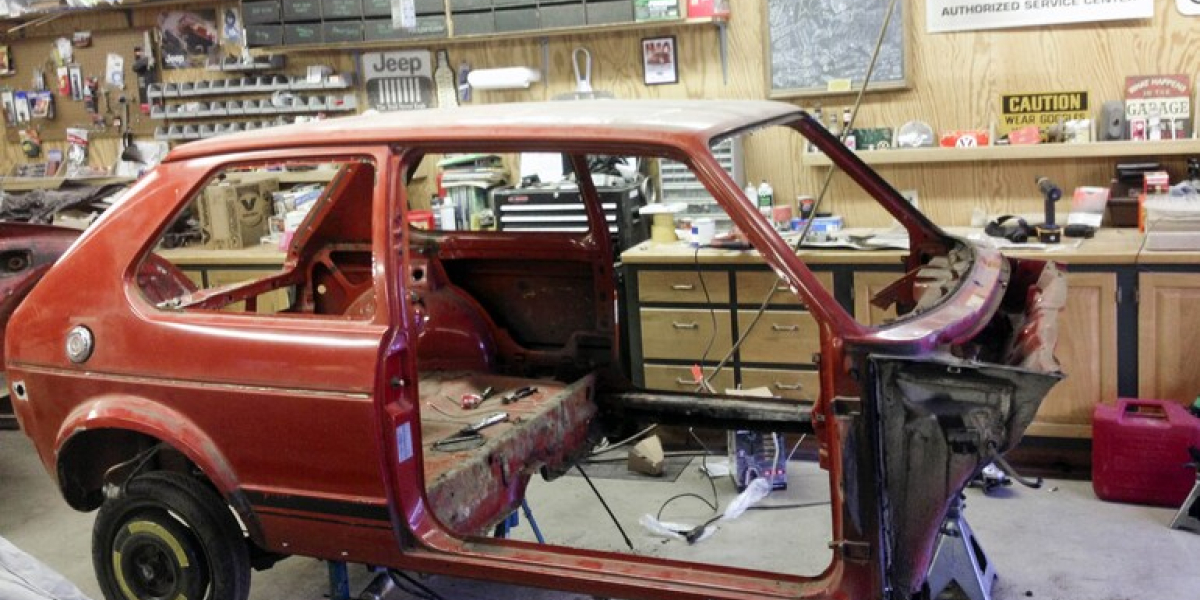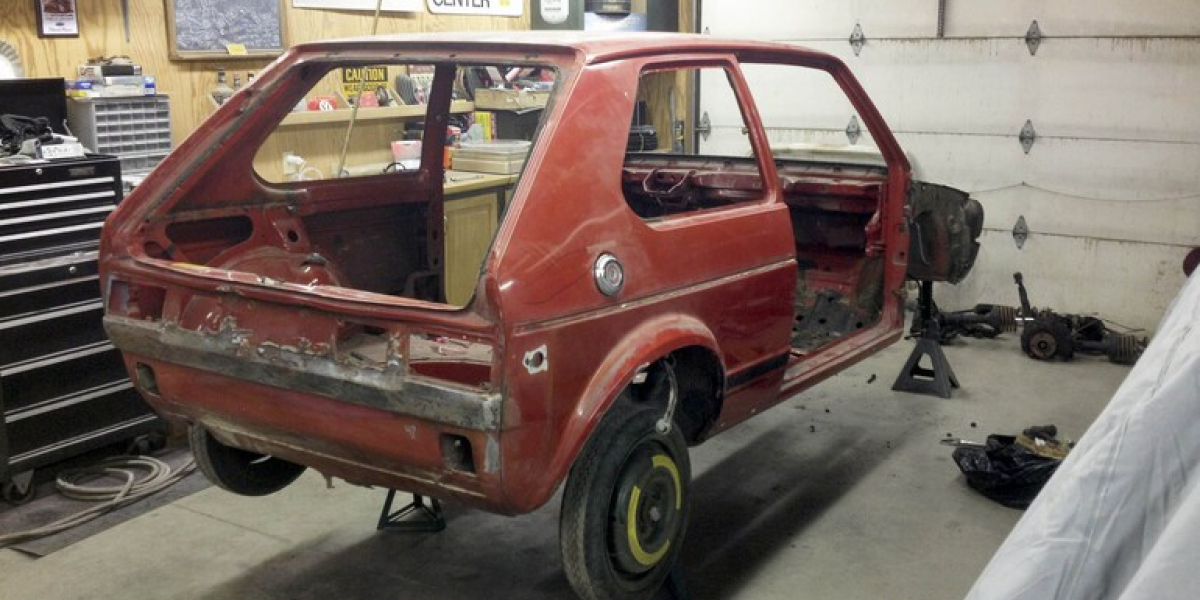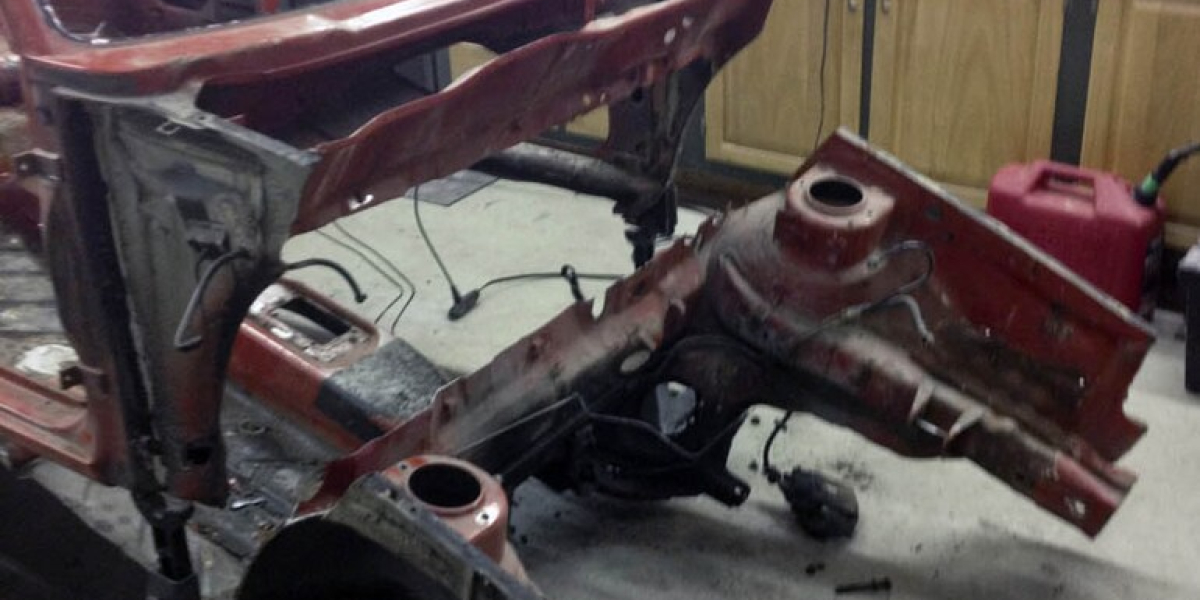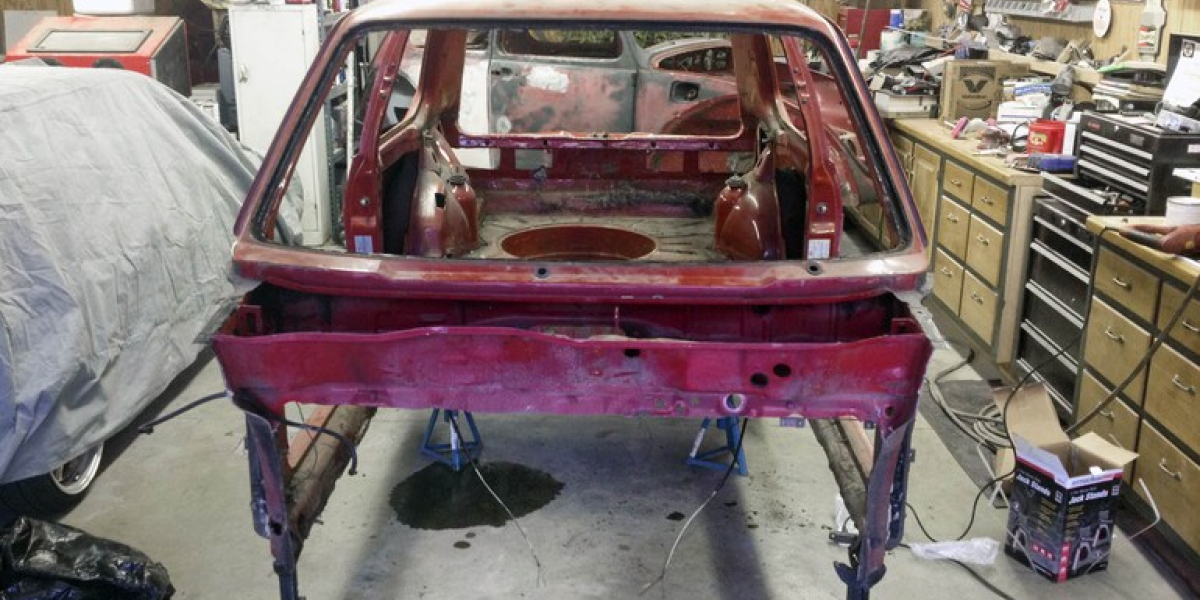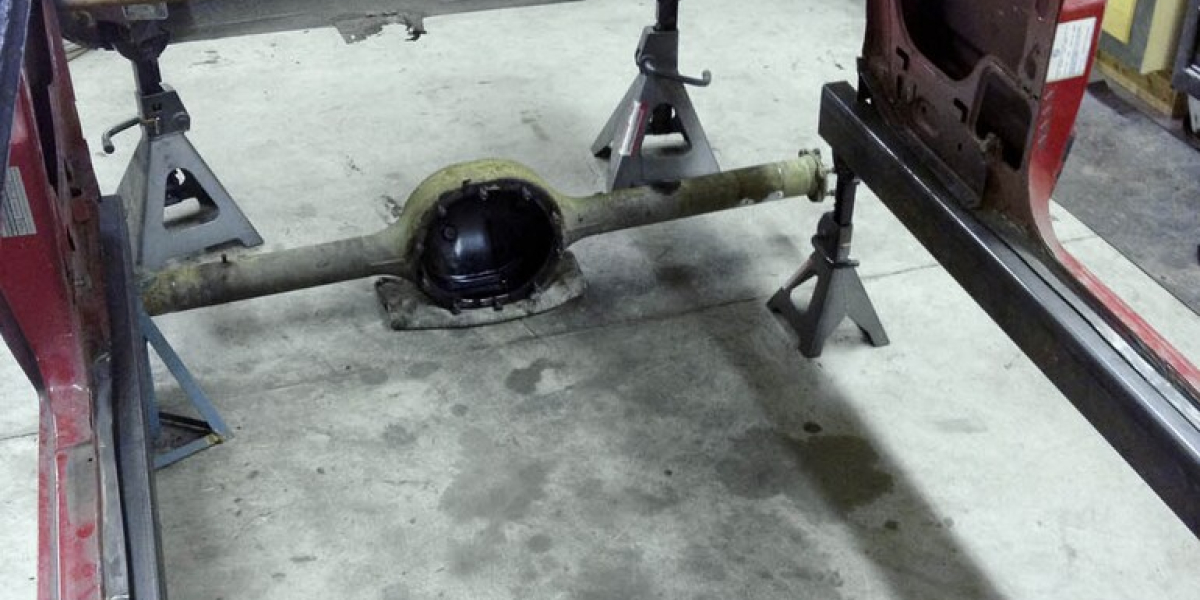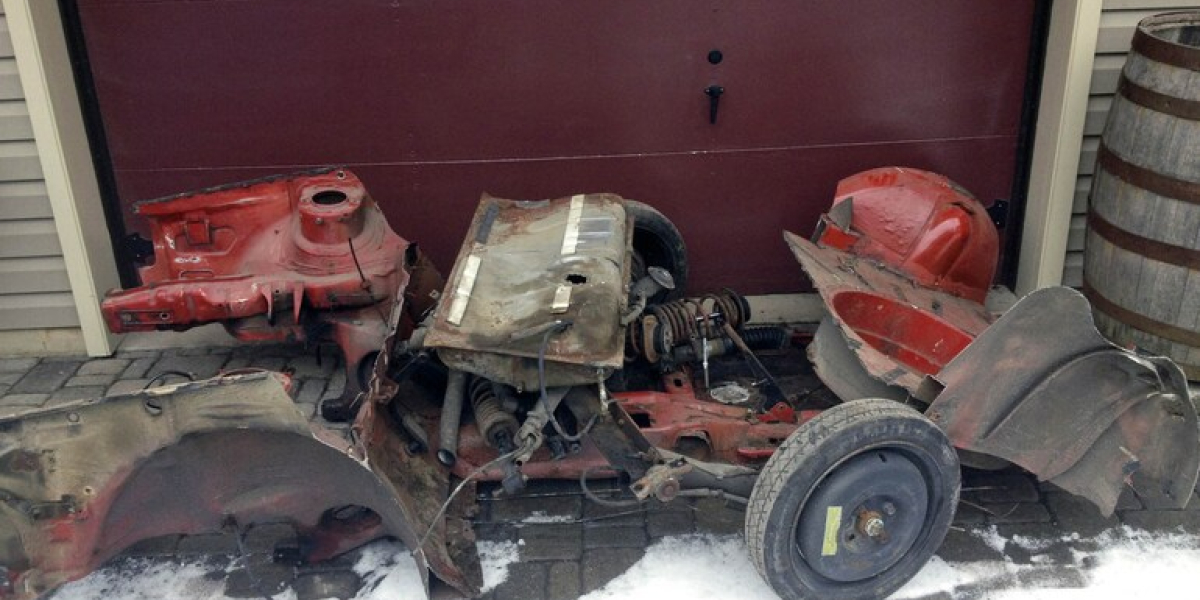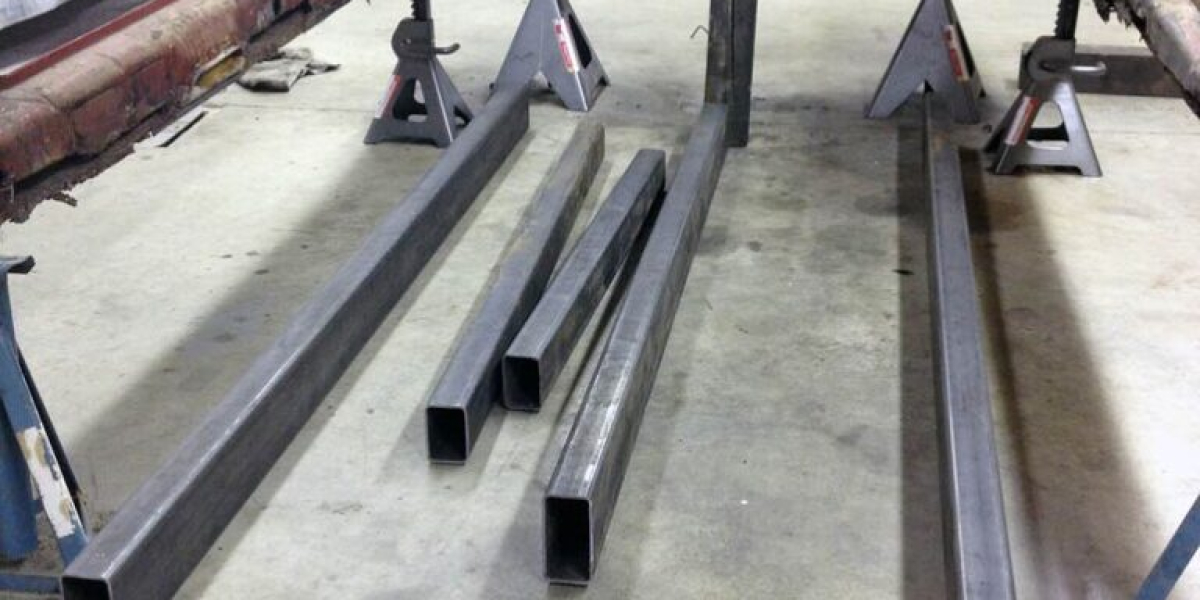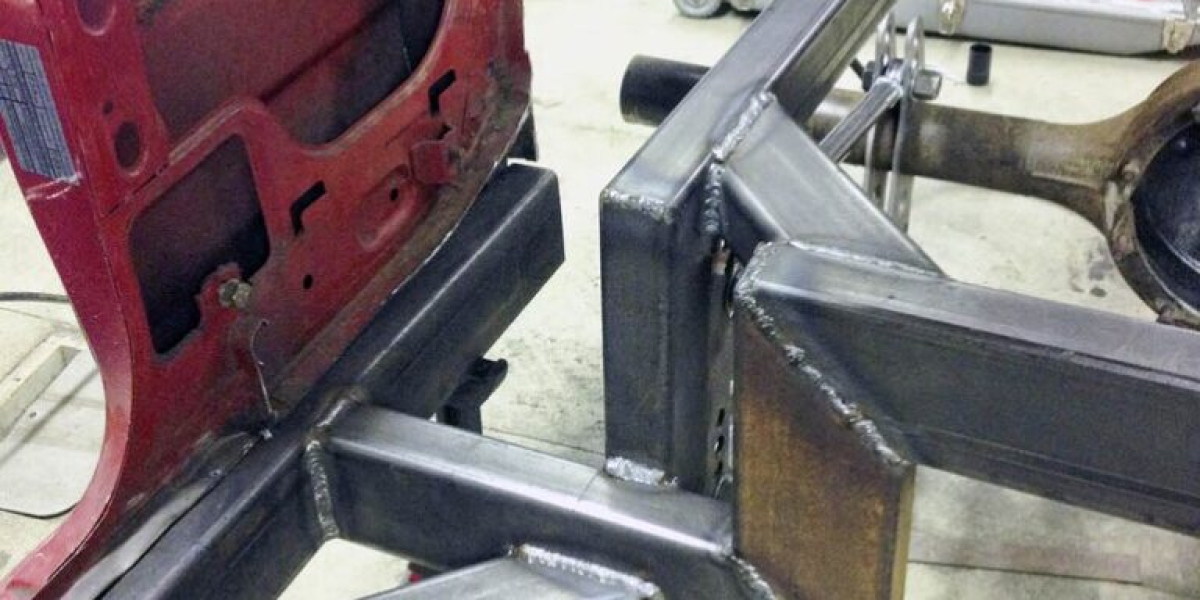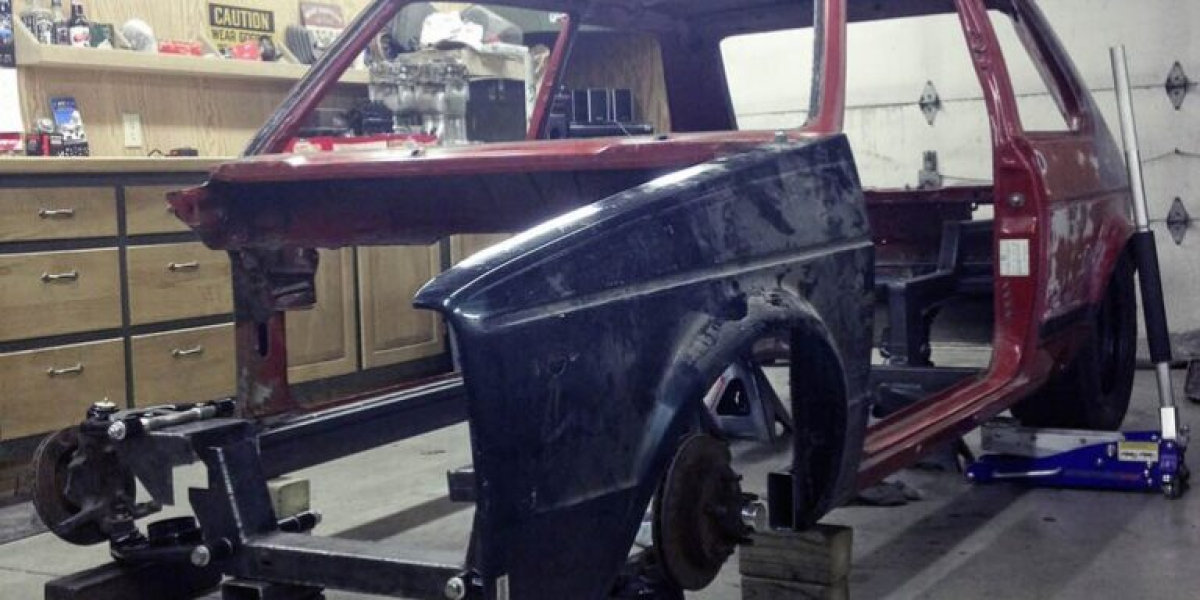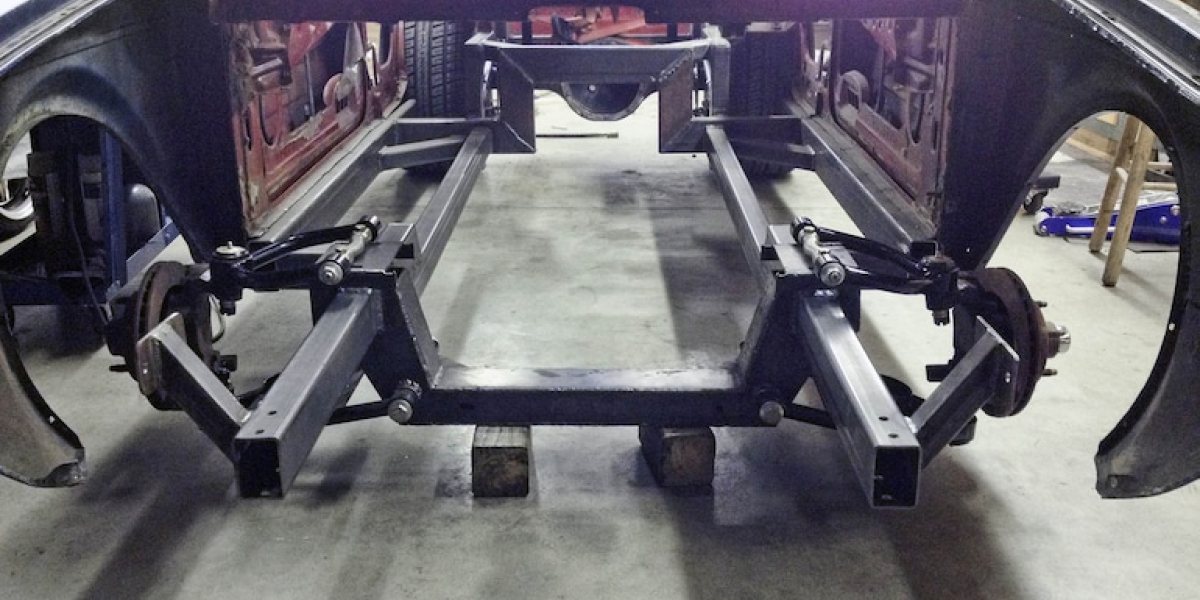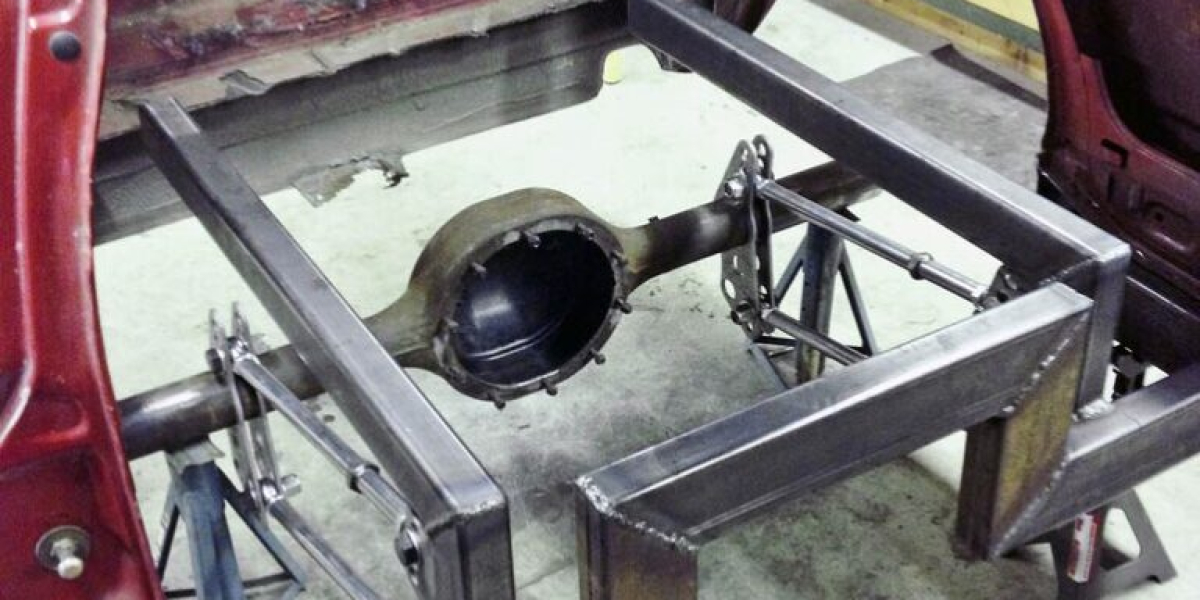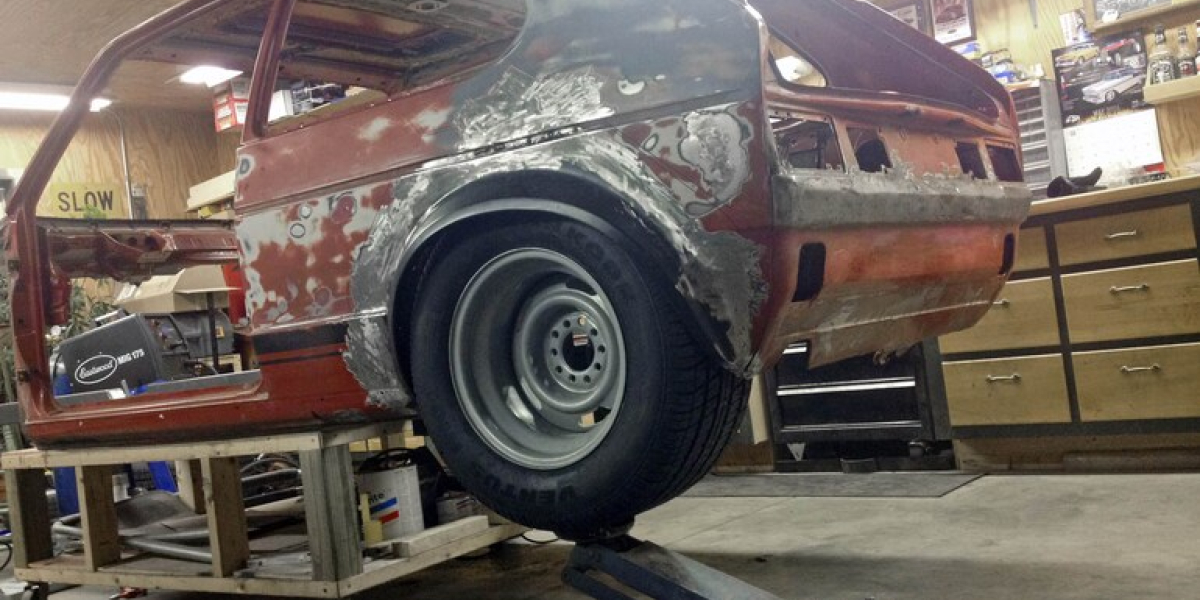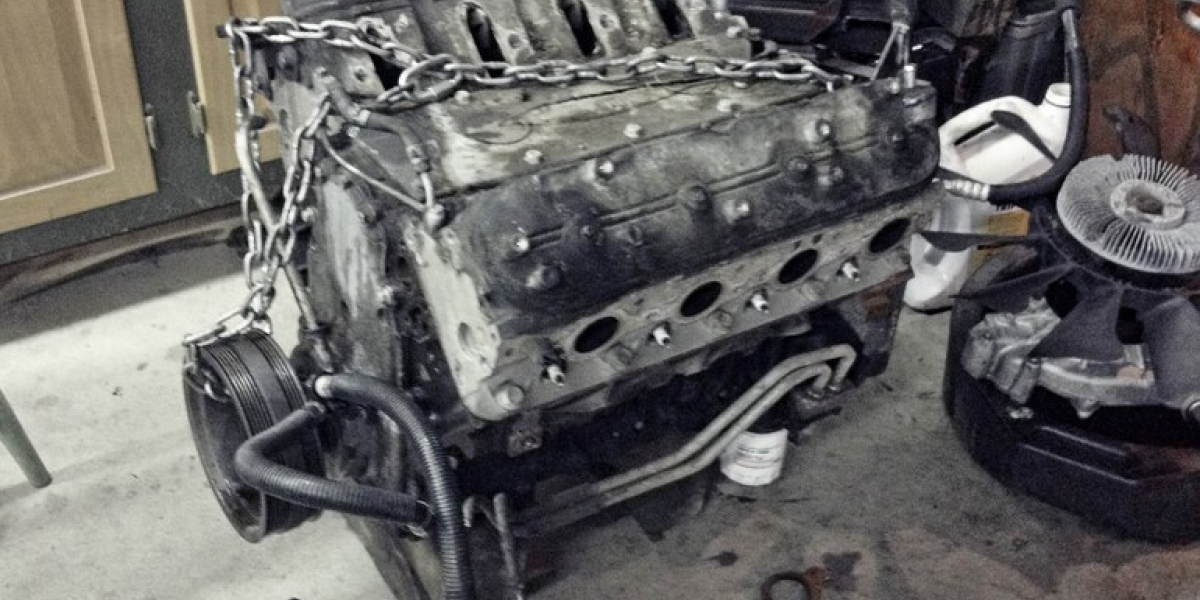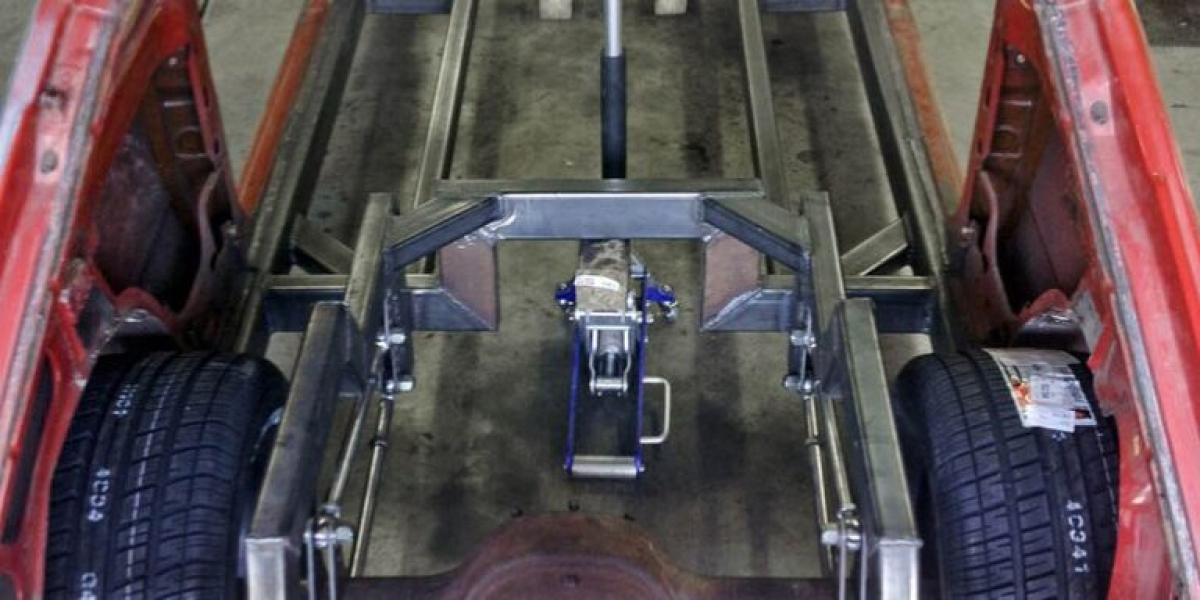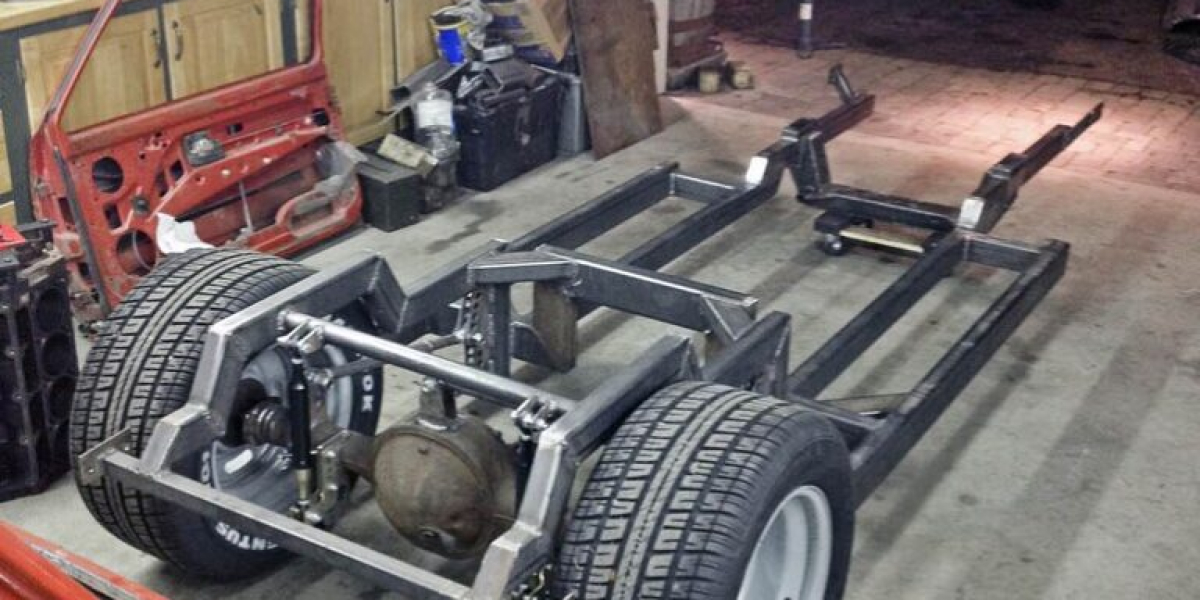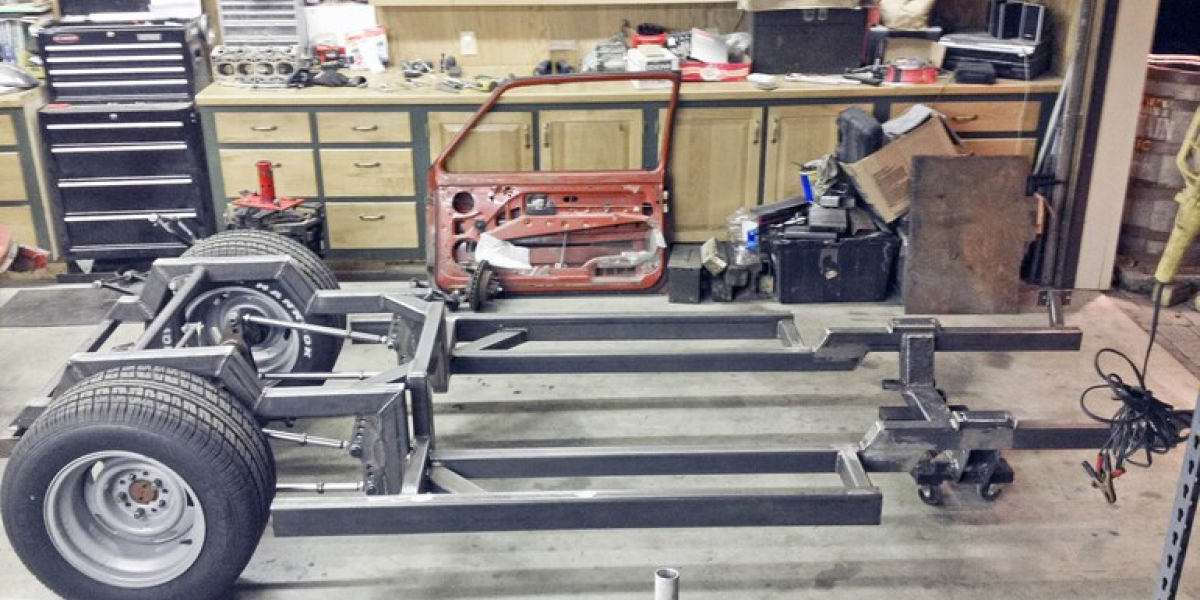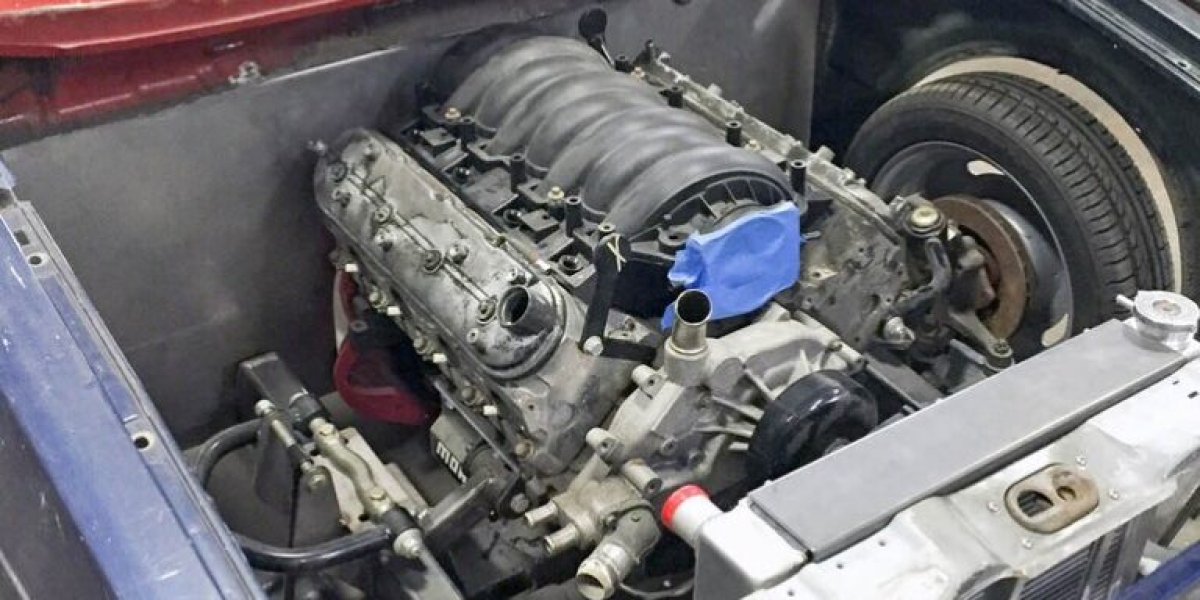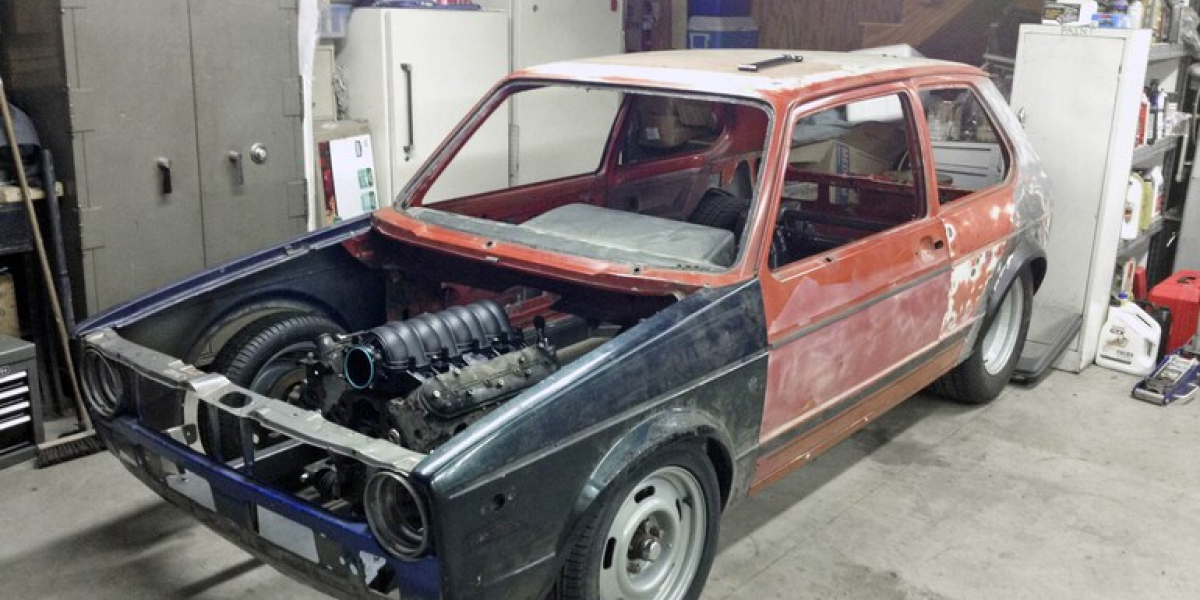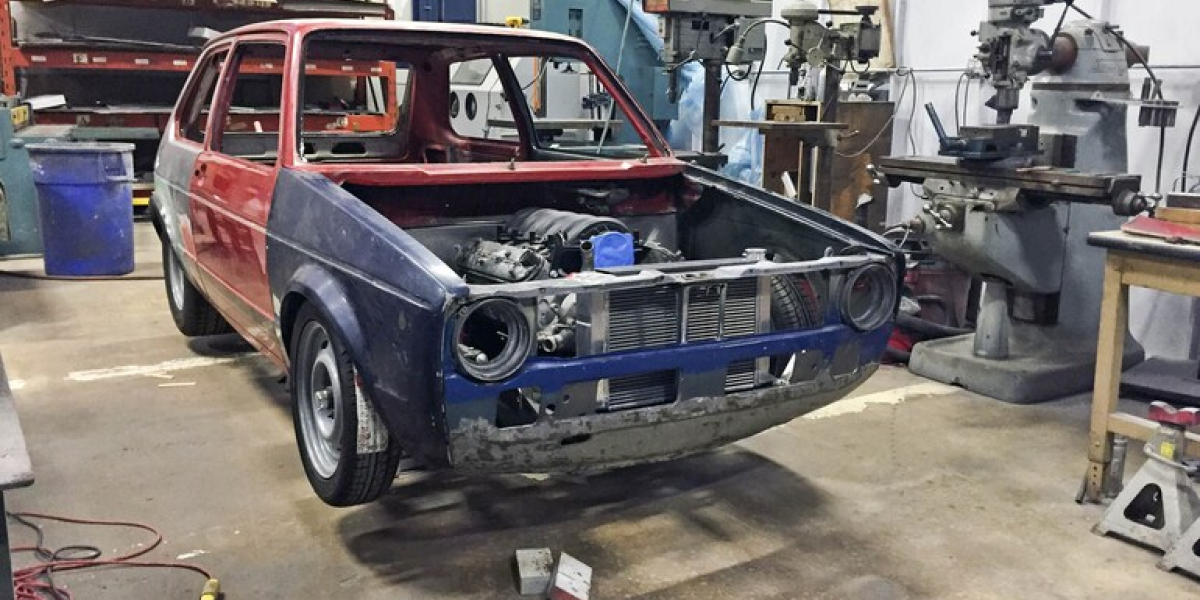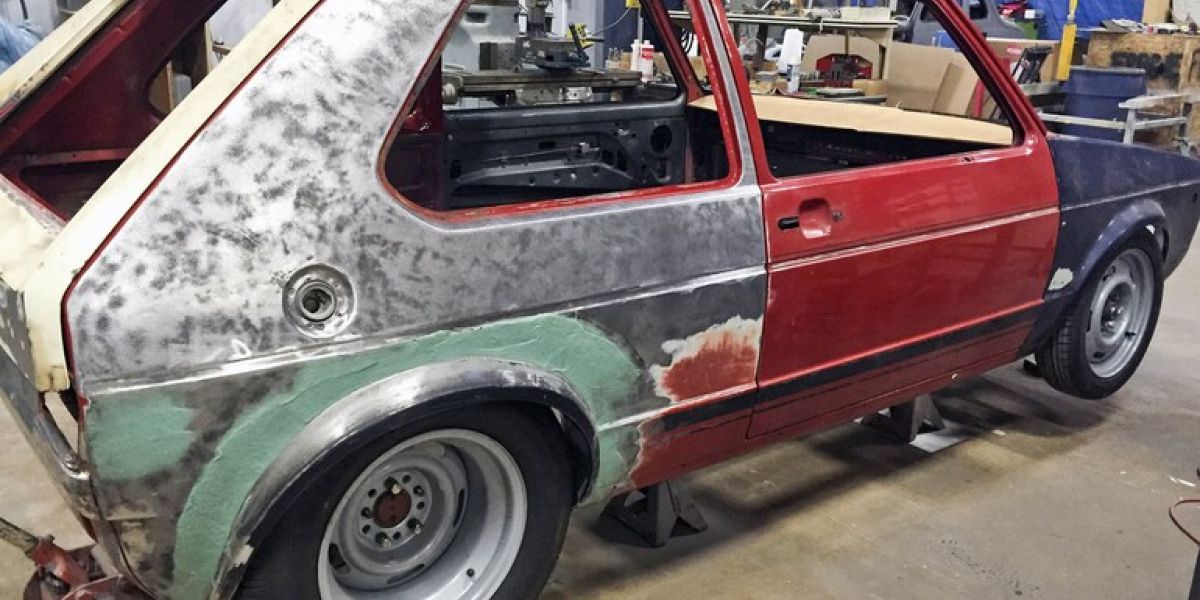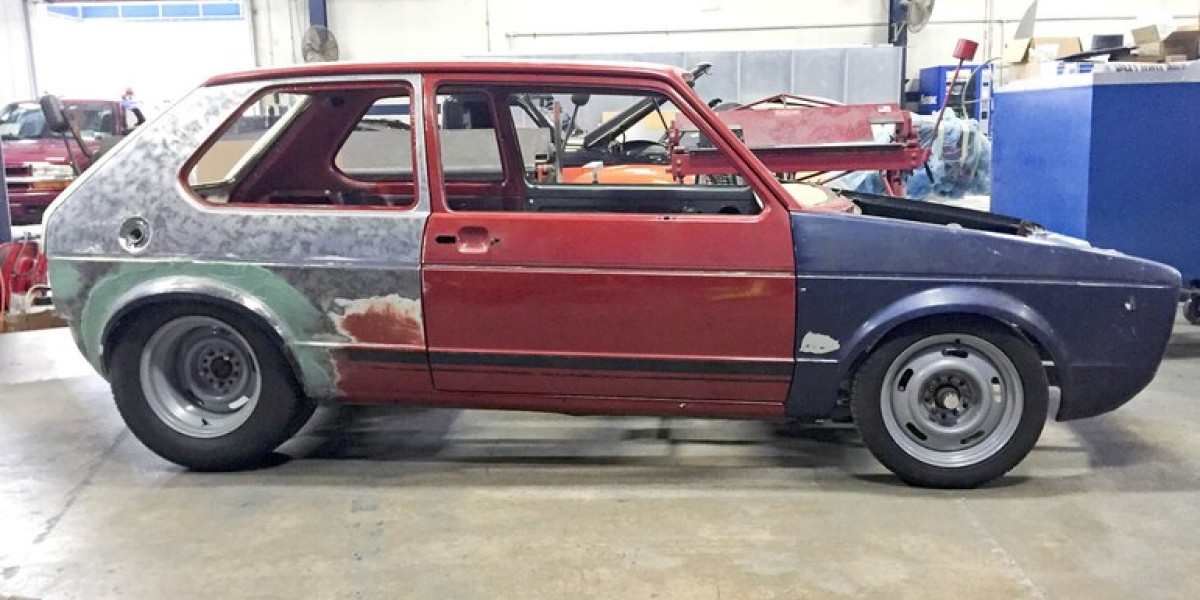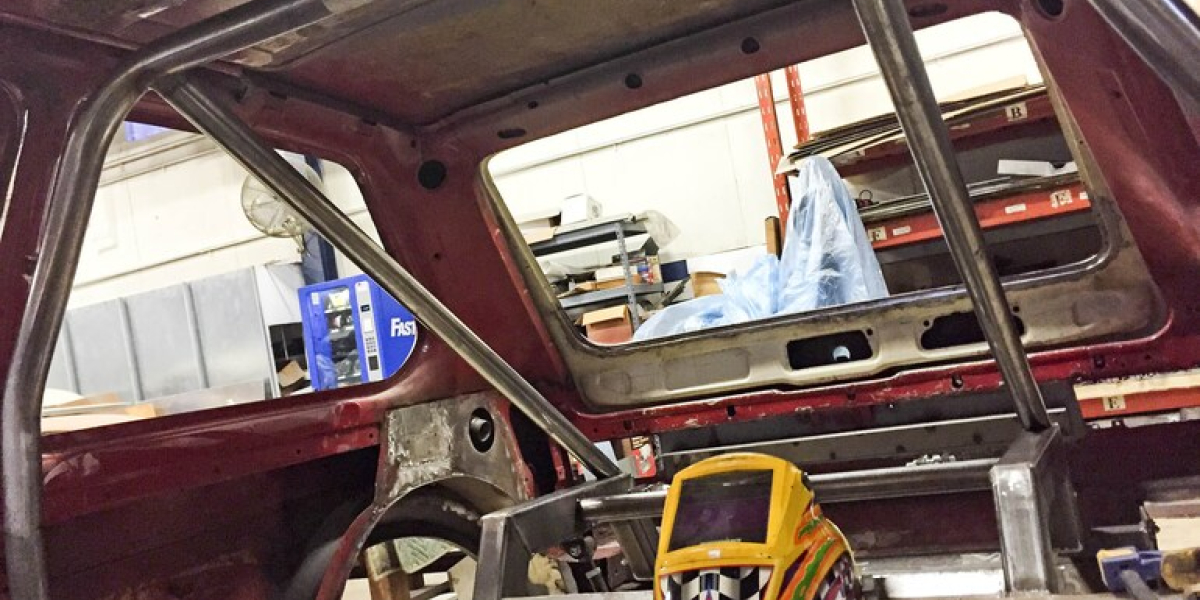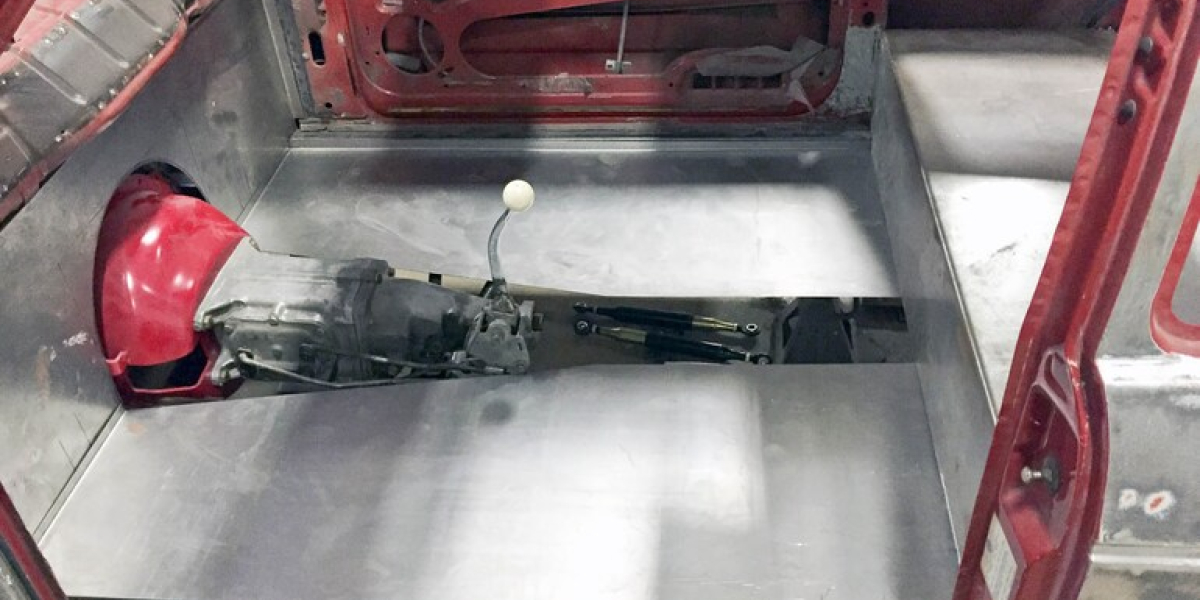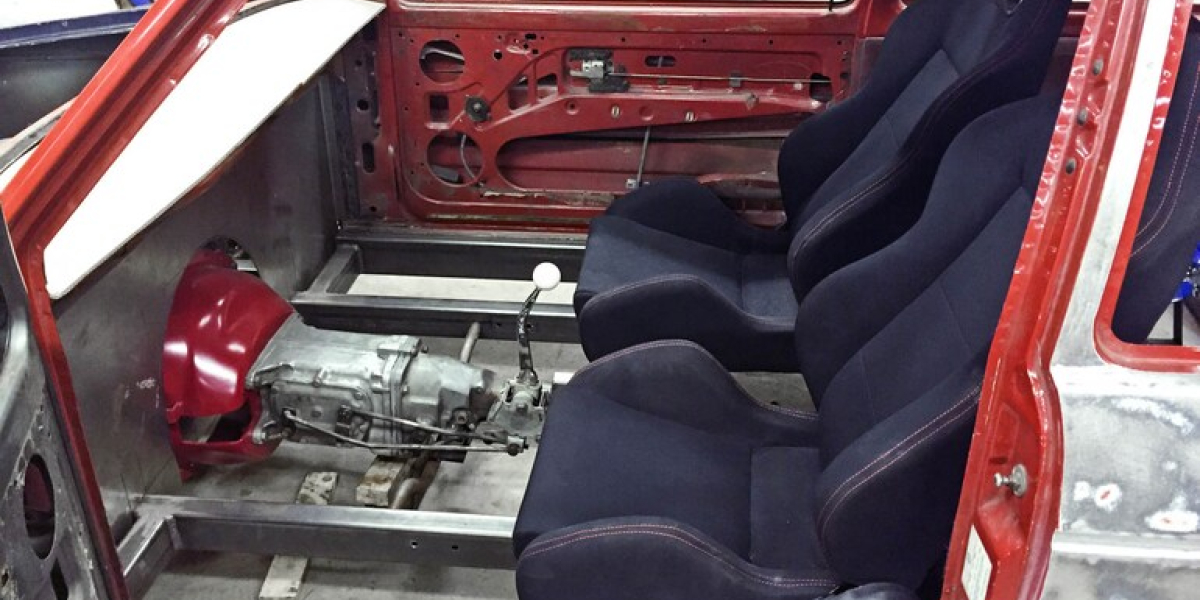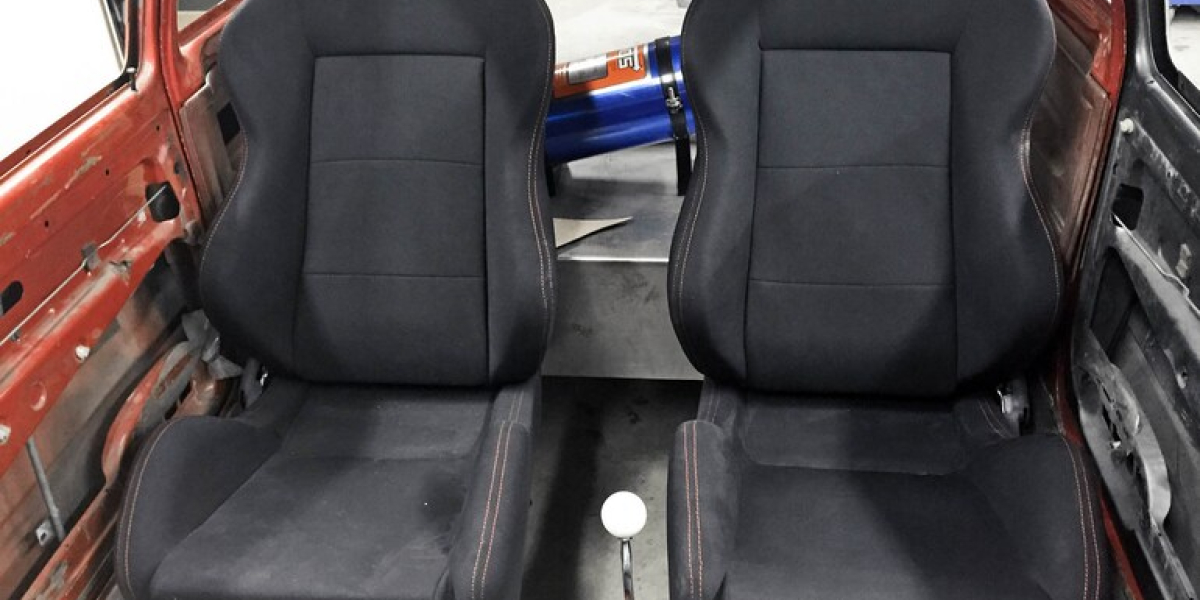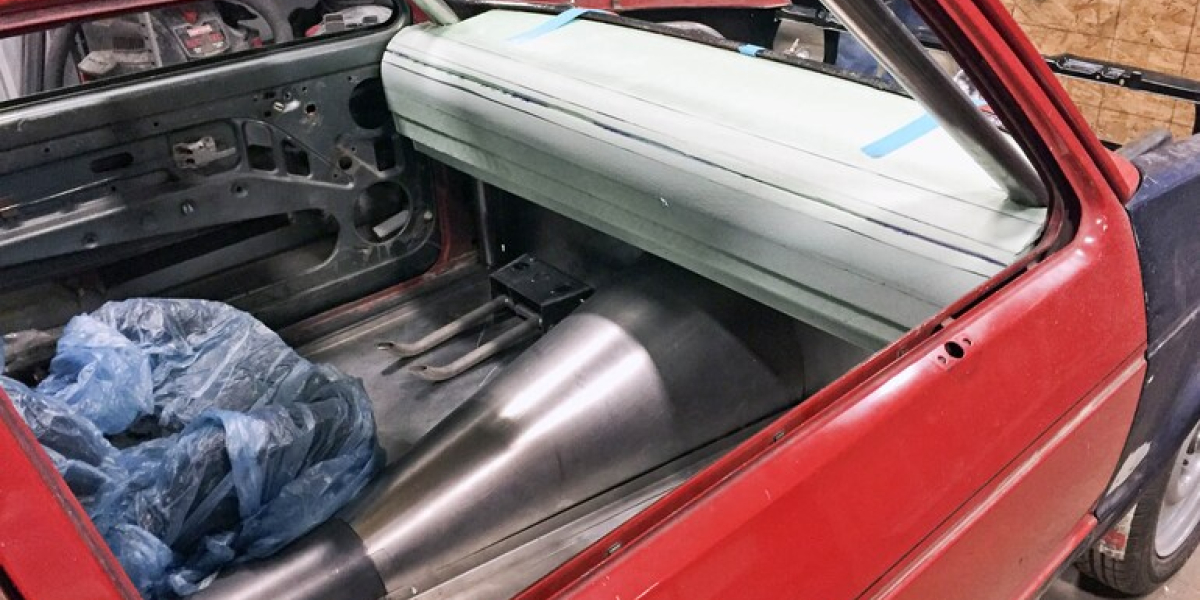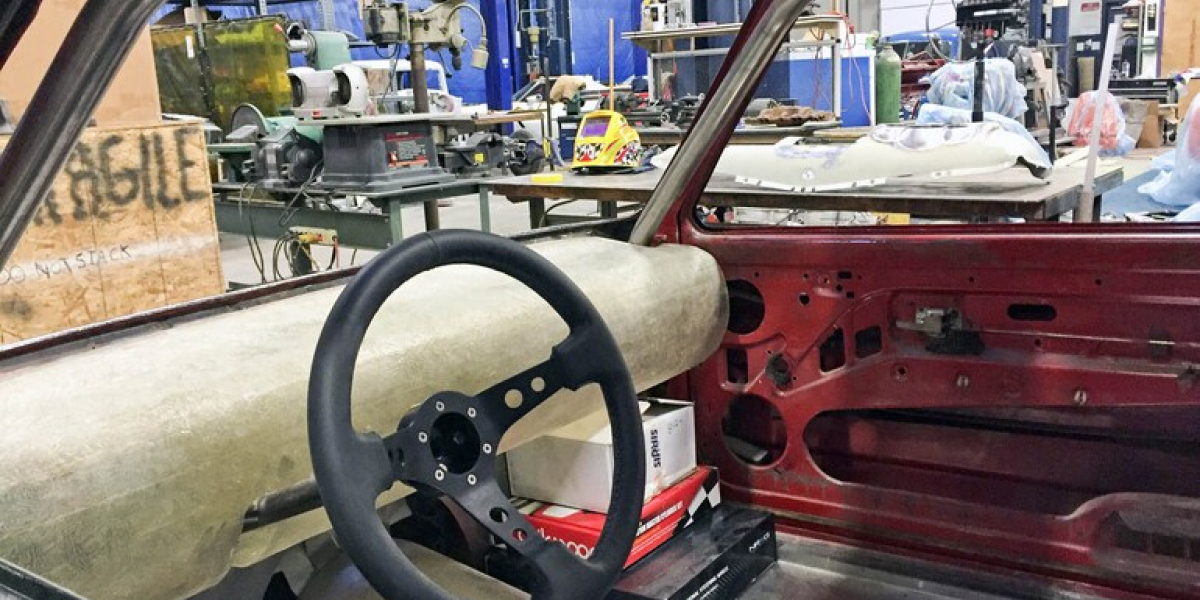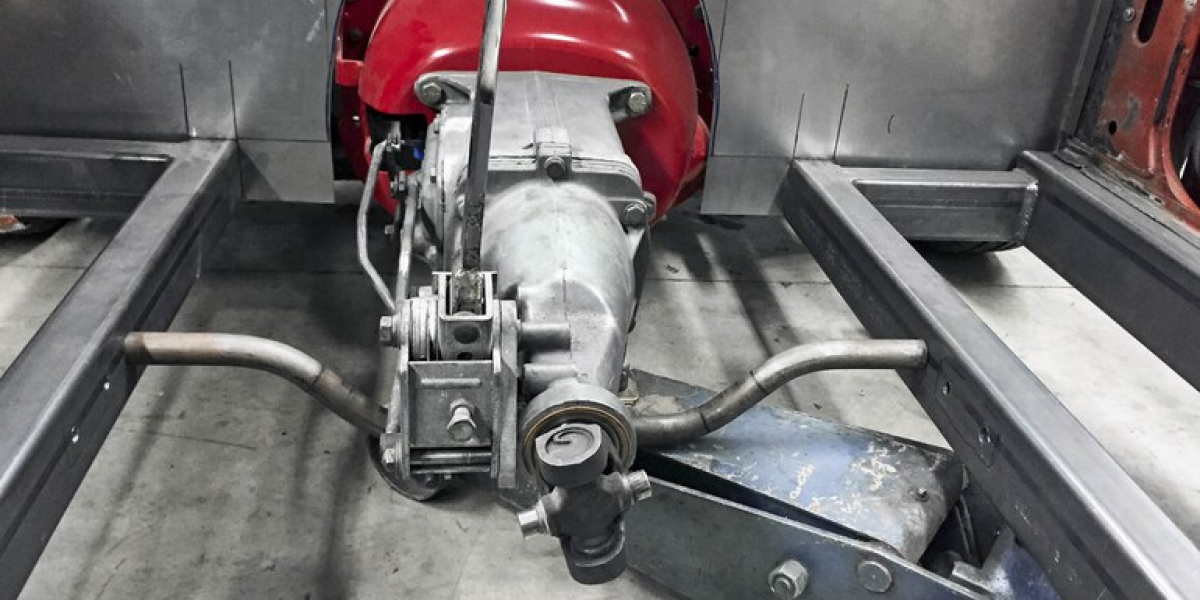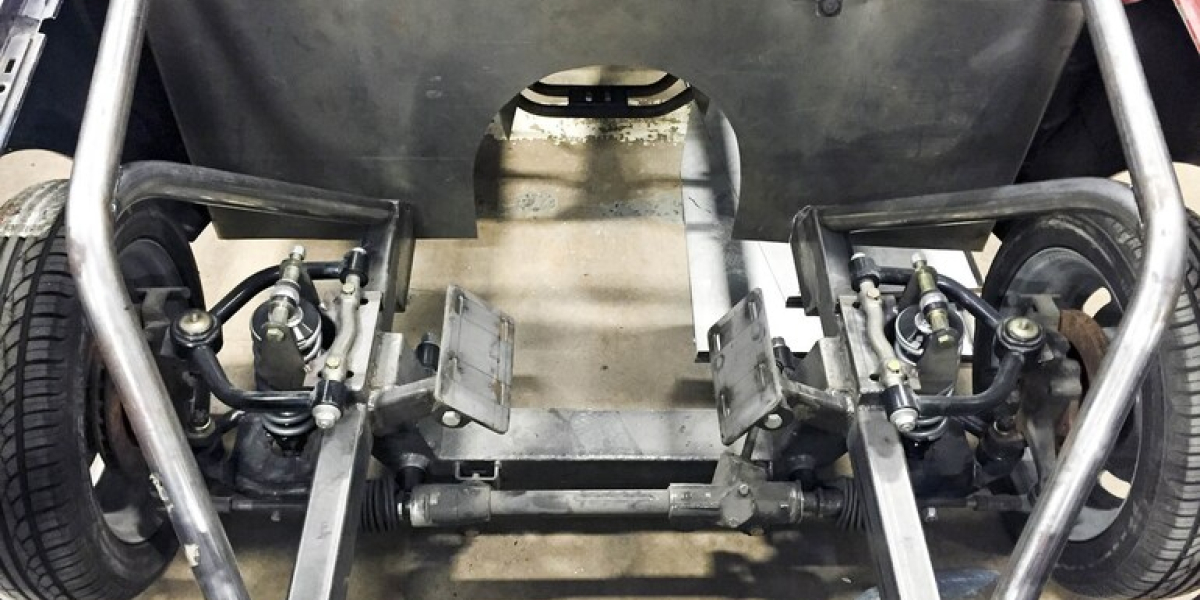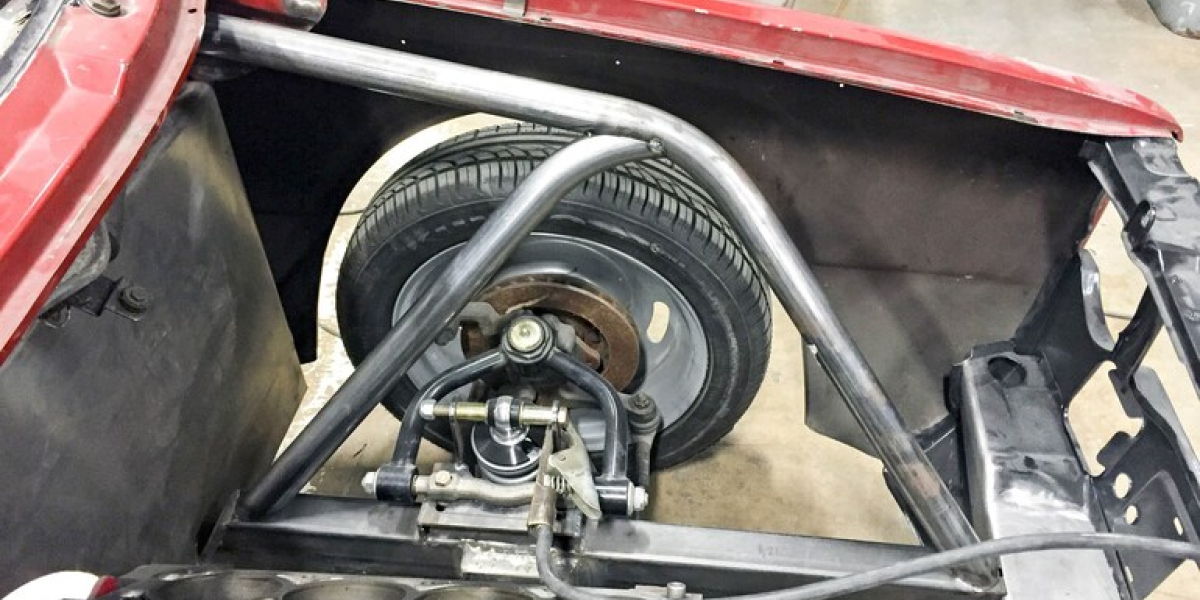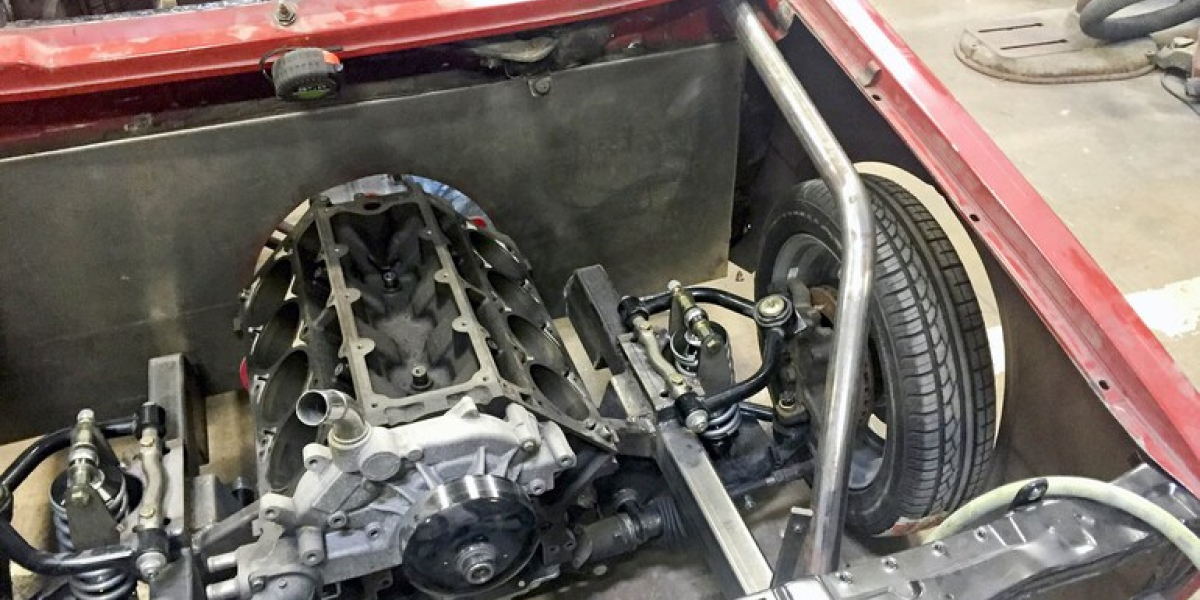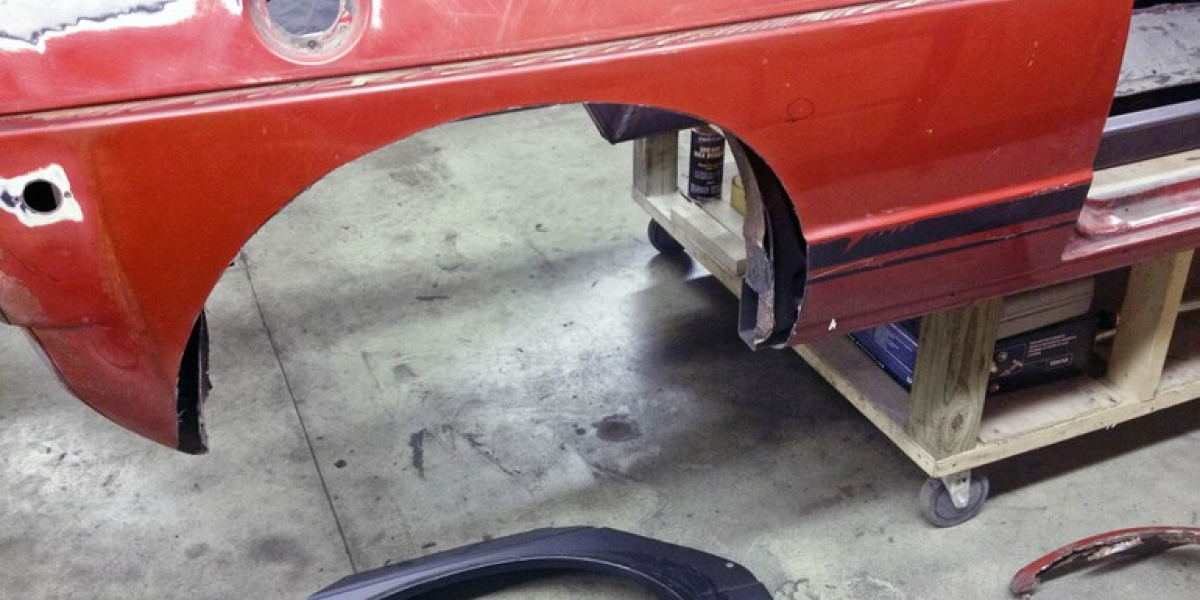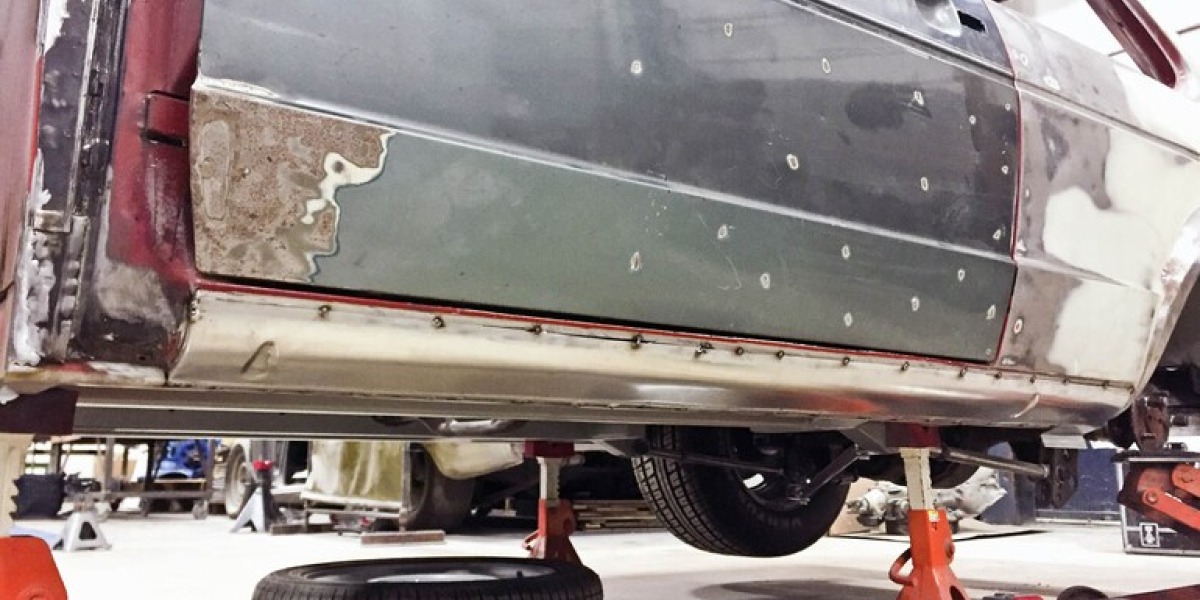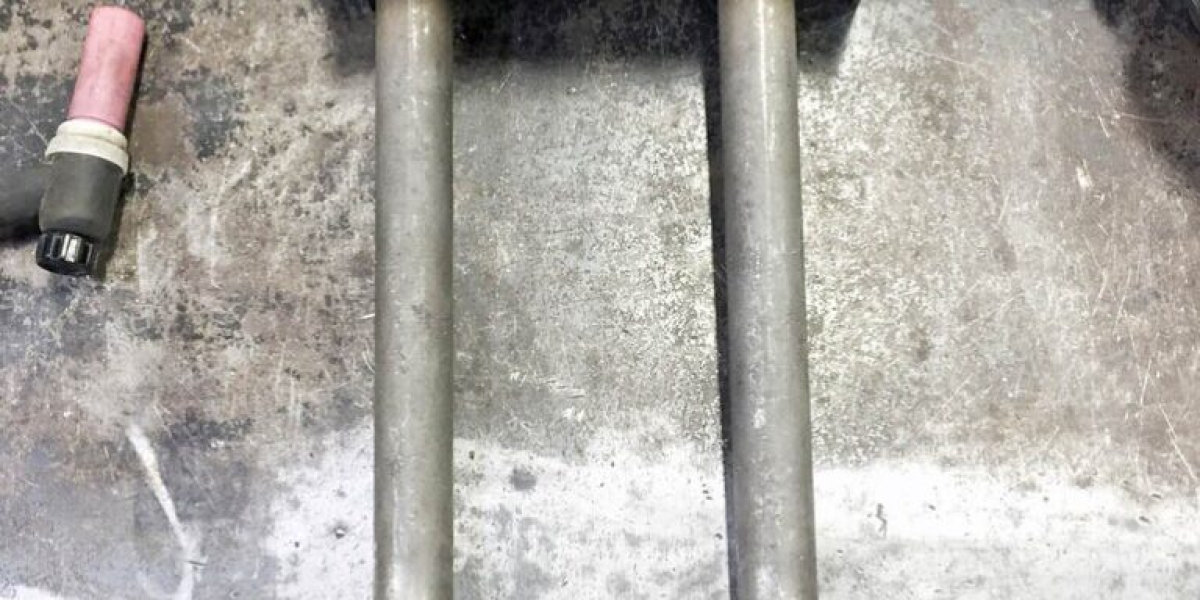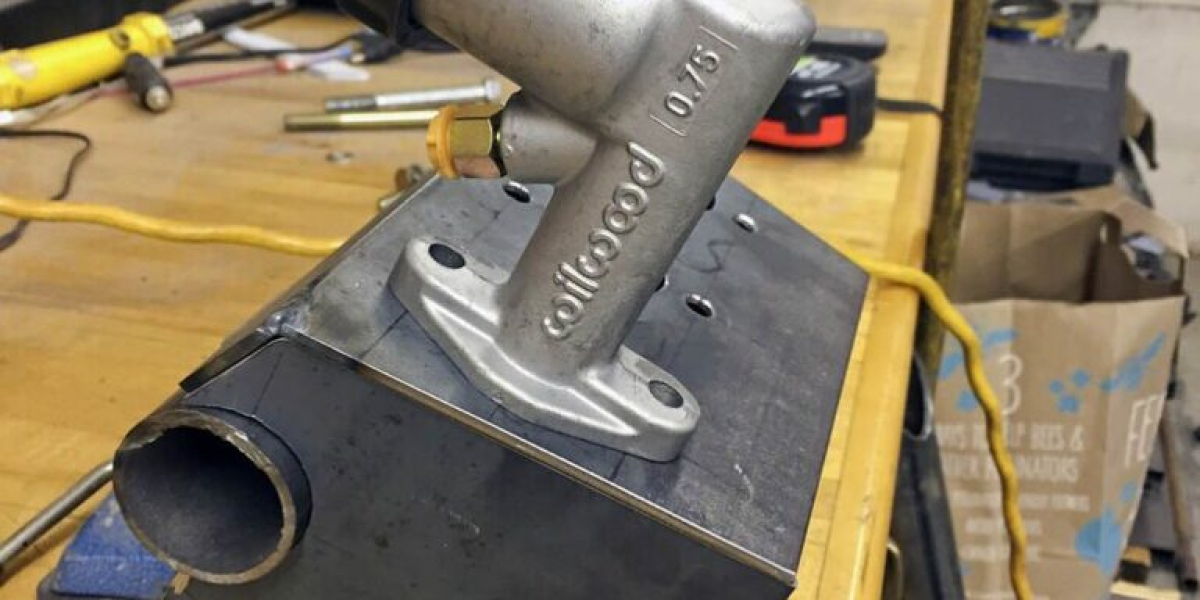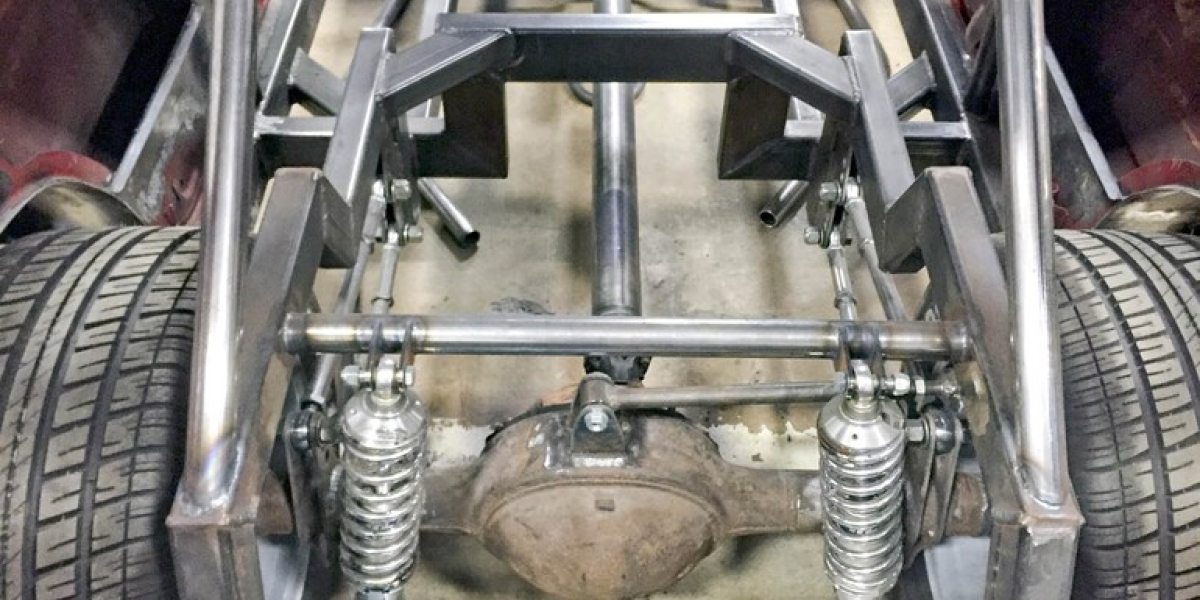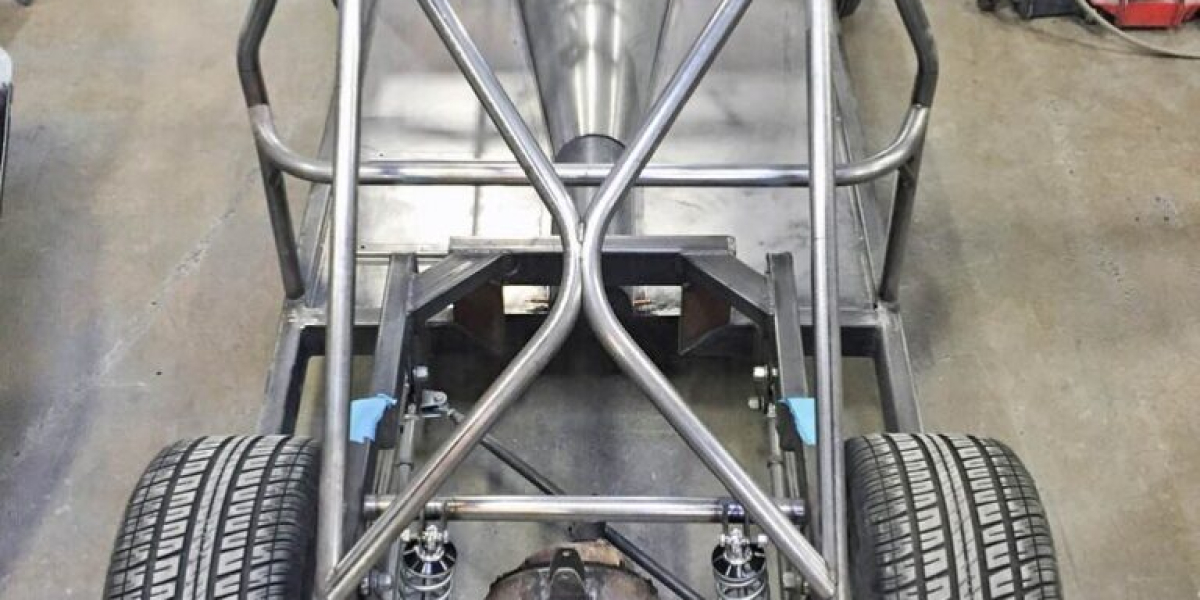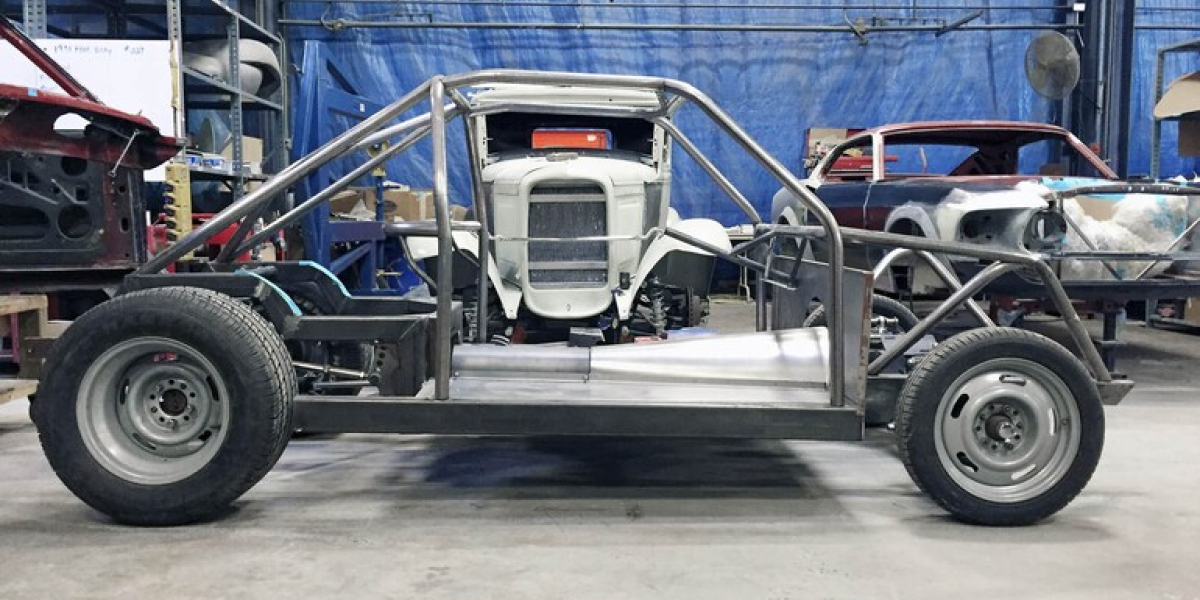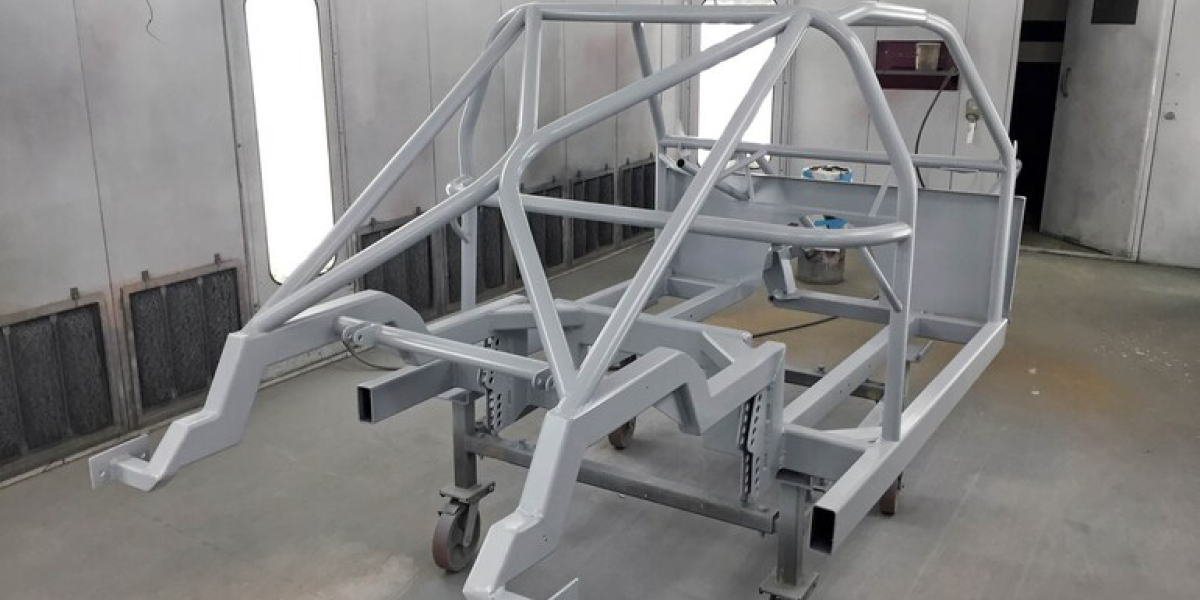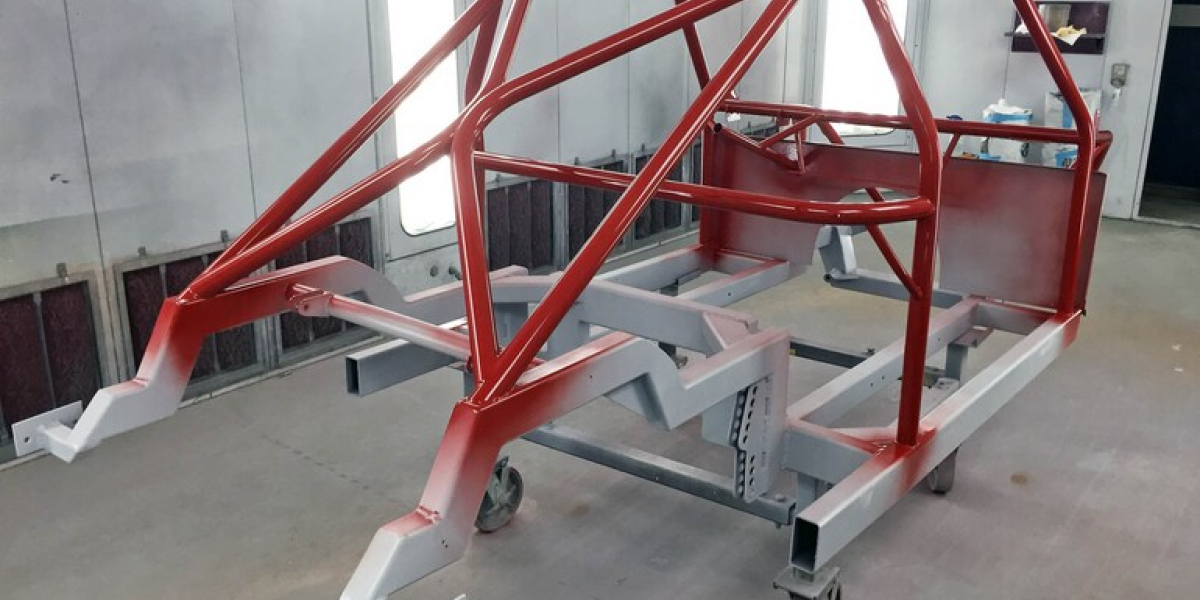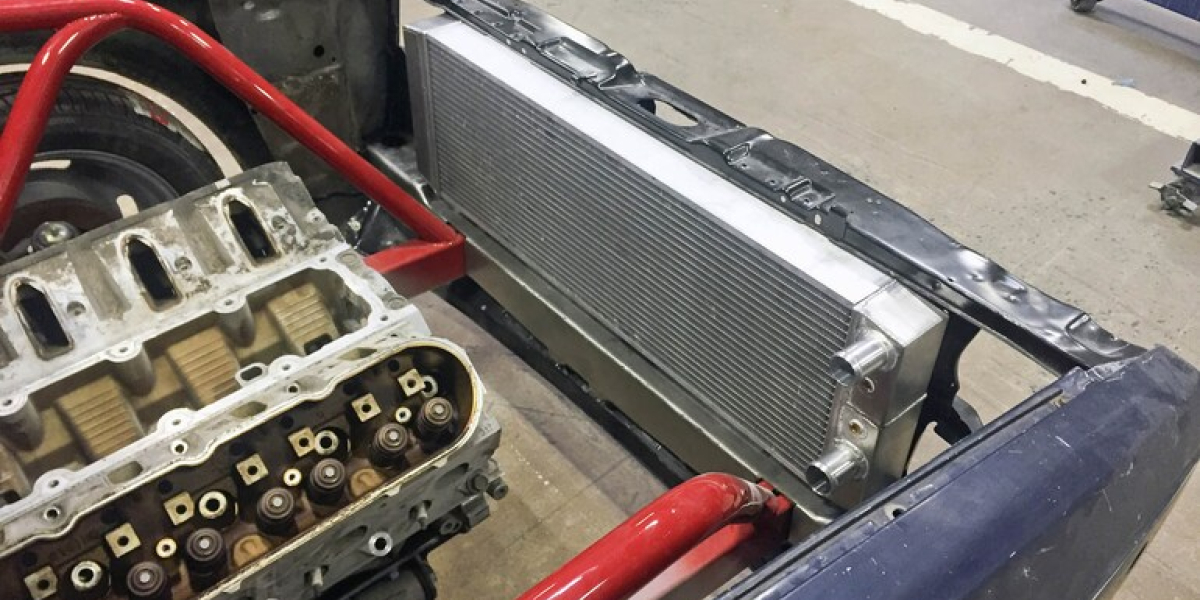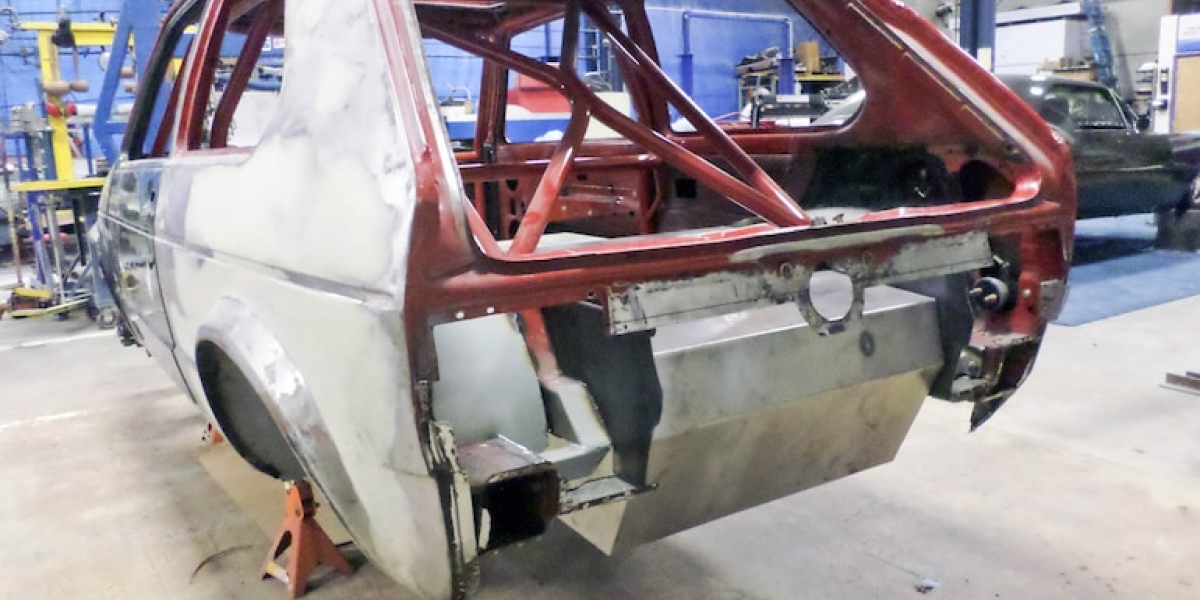This 1984 Vw Golf Packs A 550hp Ls Punch!
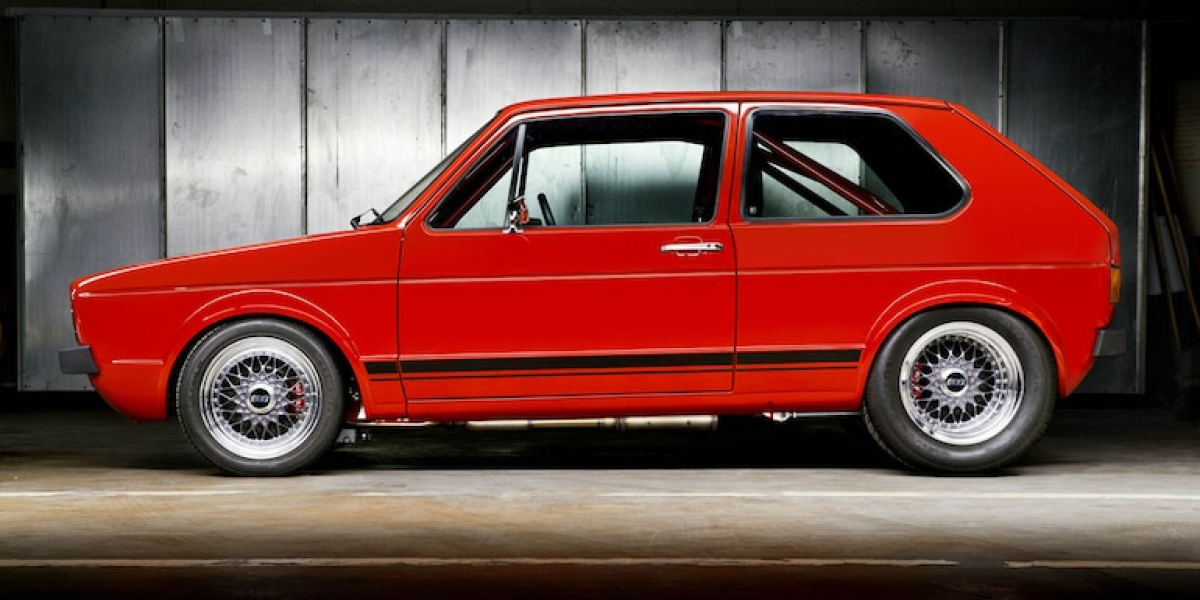
This owner-built 1984 VW Golf packs a 550hp LS punch. Starting as a home project, Connor Hofford’s 1984 LS-Powered VW GTI took the 2017 SEMA show by storm.
John Machaqueiro Writer Connor Hofford Photographer
Article from Hot Rod Magazine
Seventy years after the inception of HOT ROD, the idea that you can hot-rod anything has evolved into many different facets. The SEMA show has become, in many ways, the embodiment of all those different directions, and has transformed itself into a larger-than-life event that goes beyond a mere trade show. Every year, high-profile individuals and shops now use this venue as a means to unveil their purpose-built open-chequebook cars. These beautifully crafted rides have their place and clearly represent what happens when big money enters the arena.
This makes it especially sweet when you run across someone who can generate the same thunder at SEMA from a home-built project crafted on a real-world budget. That is exactly what 23-year-old Connor Hofford managed to do at the 2017 SEMA show with his 1984 VW Rabbit GTI.
When we first saw his VW parked outside the main entrance at the show, the hood was down so we had no idea what was tucked between the fenders. It was pretty clear that the large skins mounted on the BBS wheels weren’t there for show. We eventually got a peek under the hood and found an LS mill neatly installed, instead of some version of the 1.8-litre engine it was born with. It all looked rather tidy, but as we’ll point out, there is much more to this car. And its creation is really the embodiment of simpler times.
Connor’s journey with the Rabbit began in 2012 when he saw it for sale on Craigslist. He was looking for a daily driver. And since it was local, it ended up being an easy deal for him to negotiate. He used it for a few months until it bit him with the dreaded electrical issues that plague so many VWs. At that time, he had also started working on a Jetta that was being massaged into a show car. So the Rabbit was unceremoniously backed into a chicken coop. The Jetta project ended up being a huge time sink for him that took the better part of nine months to complete.
“After I finished with the Jetta, I had the time to play with the Rabbit for a bit,” He explains. “I actually didn’t decide right away that I was going to use the Rabbit. I started looking for a small car to drop a V8 into. Something like a Pinto, Vega, or Gremlin, but everything I found was too far gone.” While the Rabbit was still parked in the chicken coop, an attempt was made to find the electrical issue. This led him to pull up the carpet, and unsurprisingly, the floors on the VW were also in bad shape. He points out, “That was when I decided that I might as well use the VW.”
At the beginning of 2014, he pulled the Rabbit out of the chicken coop and parked it in his parent’s garage where the next chapter would be written. Looking back, he explains, “One night I was bored, so I started hacking it out. When my brother Taylor came out to go to work in the morning, I had the whole bottom of the car chopped out.” This was a commitment into the deep end of the pond with the VW. Connor had no actual experience in chassis fabrication and he wasn’t working at some high-end fab shop. He was working at Ace Hardware on lawn mowers.
His co-worker Chris Cooke did point him in the right direction with some sage advice. He suggested that Connor look into using a Mustang II front end and a four-link at the rear. Armed with that information, he says, “I went to the Amish steel place and bought some rectangular tubing. That night my brother and I played around with some basic measurements, drew some stuff up, and got some idea as to where to start.” Other subsequent purchases included a Competition Engineering four-link kit and a West Texas Plasma Mustang II IFS cross member with A-arms off of eBay.
While the frame was uncharted territory, the powertrain was more straightforward. He was leaning towards keeping it simple with a Chevy small-block mated to a Powerglide and a Ford 9-inch rear. That was until a $700 LS engine fell into his lap. His friend Brandon Funk was junking an ’06 Chevy work van with a 6-litre LQ4, so that became the perfect donor. The Powerglide also gave way to a Muncie M20 that he picked up at the Hershey, Pennsylvania swap meet, while the Ford 9-inch was another local Craigslist find.
At this point, some might be wondering where he acquired the welding skills to tackle this job. Anyone can cut stuff up, putting it back together or creating something new is the tricky part. Connor says, “When I was 16, I went to Harbor Freight and purchased a MIG welder so that I could learn how to weld.” Those skills were put to the test when he eventually had all the pieces to start creating the frame. He got the ball rolling with the installation of the side rails, a cross member, a driveshaft loop, and the cradle for the four-link that would support the narrowed Ford 9-inch rear.
At the front, he added the Mustang II cross member, along with a set of 2-inch drop spindles. Once he had that together, the block and gearbox were tested fit for placement and the mounting points welded in place. At all four corners, he installed QA1 shocks and springs, along with 11-inch Wilwood rotors and callipers. After months of working on the chassis, he was finally able to put the body on the frame, bolt-on some wheels, and move it around.
Meanwhile, the Jetta that he had built and displayed at local shows, ended up playing a pivotal role in the next phase of the GTI. While at these shows, he crossed paths numerous times with Mike Heim, the owner of Quality Custom Rides in Lancaster, Pennsylvania. Mike was so impressed with the work Connor had done with the Jetta that he offered him a job at the shop, which he accepted. After a few months there, Mike told him to bring the Rabbit into the shop to continue working on it. This facilitated the next phase of the build and set it on a collision course with SEMA.
After Connor parked the car at the shop, progress on it was taking place after hours. The first thing he accomplished there was the installation of the roll cage onto the chassis. After which point it saw its first coats of primer and paint. On the propulsion end, the LQ4 block was shipped off to Teasdale Competition Engines in Jonestown, Pennsylvania for the overhaul. They punched it out with a 0.030-inch overbore and shipped it back to him. With the block back home, Connor started the rebuild with the installation of a set of 10.5:1 Diamond Racing flat-top pistons that he hooked up to the stock LQ4 crank via a set of Callies Compstar H-beam connecting rods.
His top-end menu included a set of CNC-ported Precision Race Components LS3 aluminium heads and a stock LS3 intake with a FAST GM LS Big Mouth 92mm billet throttle body. A Texas Speed cam gets the valves in motion. All this comes to life with a FAST EZ LS ignition controller and a Ron Francis Wiring Express wiring harness that has been neatly hidden in the front runners.
At the bottom end lays a Moroso 7-quart oil pan while a custom set of GP Headers mated to 3-inch stainless steel pipes flow back to a set of Magnaflow mufflers. It’s all kept cool with a modified Novak Conversions Jeep XJ LS conversion radiator and a custom-made fan shroud. The M20 4-speed was also treated to a full rebuild, which included the addition of a Lakewood blow-proof bell housing and a McLeod Super StreetPro clutch. A custom driveshaft was also ordered and a set of 3.70 gears from Summit Racing was installed in the narrowed rear.
As the drivetrain came together, he shifted his focus back to the interior. The floors were finished, aftermarket seats were mocked up, and a fibreglass dash was crafted from a styrofoam mould. The body was also in the process of being massaged in preparation for primer. The GTI was actually a domestic product built at VW’s Westmoreland, Pennsylvania plant, which meant that it had been Americanized for the domestic market with safety bumpers, rectangular headlights, and side-marker lights. Connor wanted to backdate the sheet metal to a Euro-spec 1977 Golf GTI. So he ordered some new panels, Euro bumpers, and an early-style grille with round headlights.
At this point, he leaned on his buddies Geoff Wood and Rich Wright to help out with the bodywork and paint. Since the car was going to retain all of the stock dimensions, the only changes planned were the relocation of the fuel filler inlet behind the license plate and the conversion of the existing fuel filler cap to a battery master cut-off switch.
The front sheet metal was also welded together into a one-piece unit and the side-marker lights were eliminated. They spent many late nights doing the body and prep work until it was ready for Geoff to lay down the Royal Red VW paint the GTI was born with. Once the car was painted, the drivetrain was installed and the focus once again shifted back to finishing the interior.
“Simple” and “VW themed” was the flavour that Connor wanted, so he hired Brad Wurzbacher from Lucky 7 Rod Shop in Stewartstown, Pennsylvania, to handle the upholstery duties on the Rabbit. They discussed the direction it would take and ended up choosing a plaid fabric pattern used on the Golf MK7, and a Daytona weave carpet. The bulk of the interior was covered in a mix of both of these, while the gauge’s fibreglass dash was wrapped in leather.
A Racepak IQ3 display mounted overhead on the roll cage would monitor vitals, and buttons located on the transmission tunnel would handle the keyless start, power windows, and inertia-triggered turn signals. The Hurst shifter was sourced from a ’67 Corvette but capped off with a vintage Kamei golf ball knob. The brake and clutch pedals also received a pair of vintage air-cooled pedal pads, while the NRG steering wheel was decorated with a MOMO Wolfsburg horn button. One thing you won’t find cleverly hidden anywhere is a radio. All the music he needs comes from the engine bay.
The last piece to the build was finding suitable rolling stock. BBS wheels have been a favourite with the Rabbit crowd over the years, but finding a set that fit was the challenge. After an exhaustive search, he came across BBS faces used by Lexus in Japan that had the right bolt pattern for his application. With these mounted in place, he was able to get precise measurements and have custom inner and outer rings made.
The fronts measure 4×15 and are wrapped in Kuhmo 155/60R15 tires, while the rear set measures 10×15 and is shod with Hankook 295/50R15 tires. The front-wheel faces required extensive machining to fit over the Wilwood hardware. Connor’s friend Max Herr did all the work on the centre covers that now also serve as the Wilwood grease caps.
The entire build, from the time it rolled out of the chicken coop to the time it was loaded on a SEMA-bound trailer, took almost four years. It was finished the Thursday prior to the show, so not much time was available for any kind of testing. Connor estimates that the LS is putting out about 550 horses at the crank, which as we found out is more than plenty to light the rear tires. In terms of how his car was received at the show, let’s just say that the awards have done the talking.
From SEMA 2017, Connor took home a top 40 in the Battle of the Builders, and a Top Ten in the “Young Guns” competition. He was also awarded a Mothers Polish Choice Award. Not too shabby for a young guy who started out in his father’s garage. In the pipeline from Connor is a ’66 Slant Six Barracuda that is being turbocharged, and there is talk of a ’57 Nash Metropolitan with a three-rotor Mazda on the horizon.

